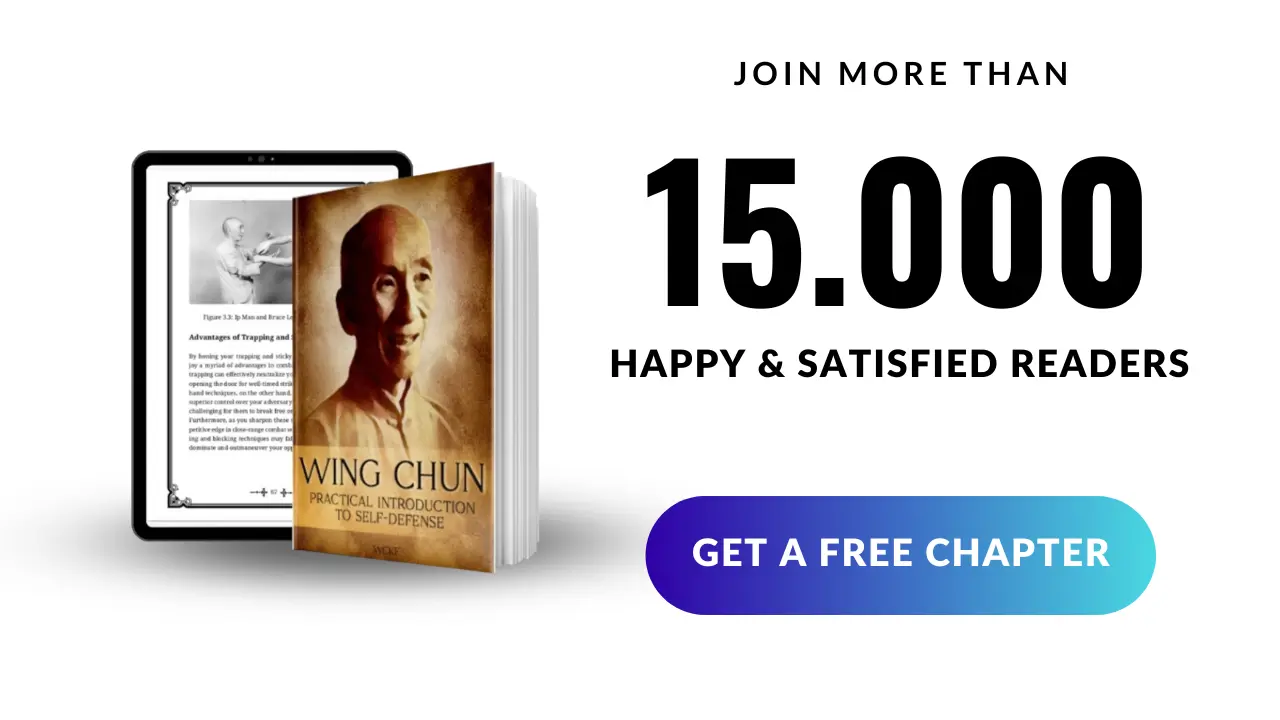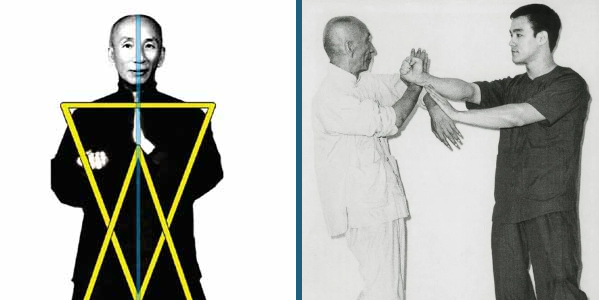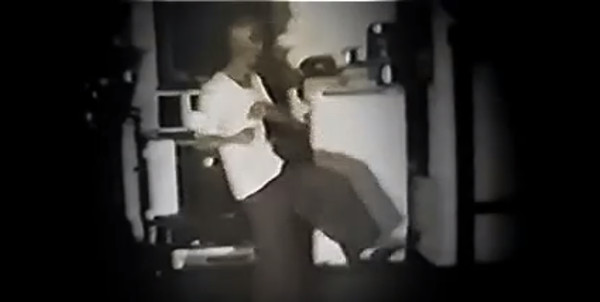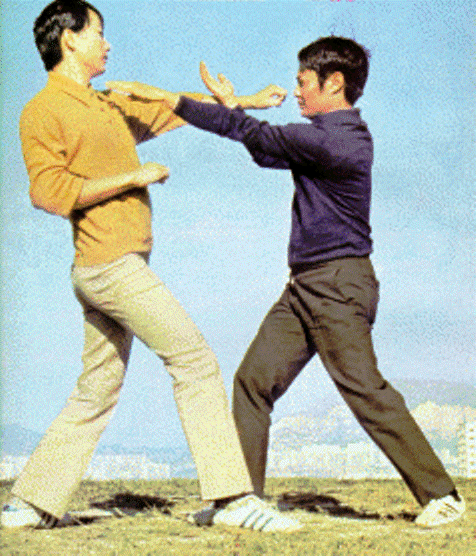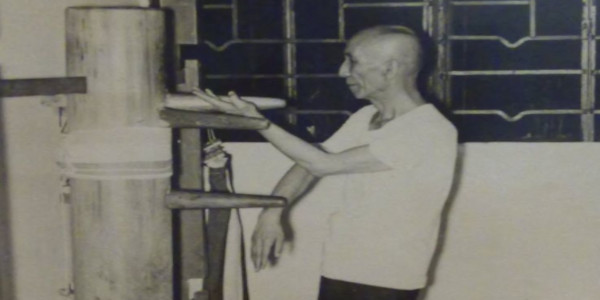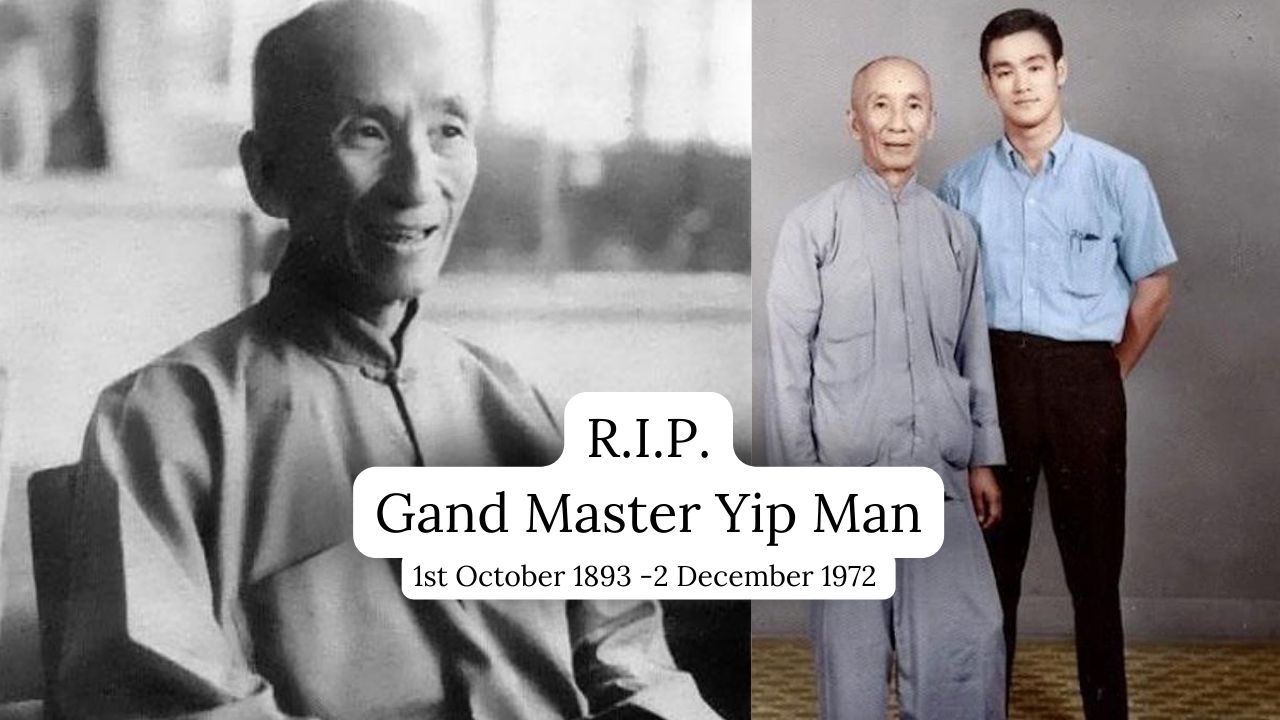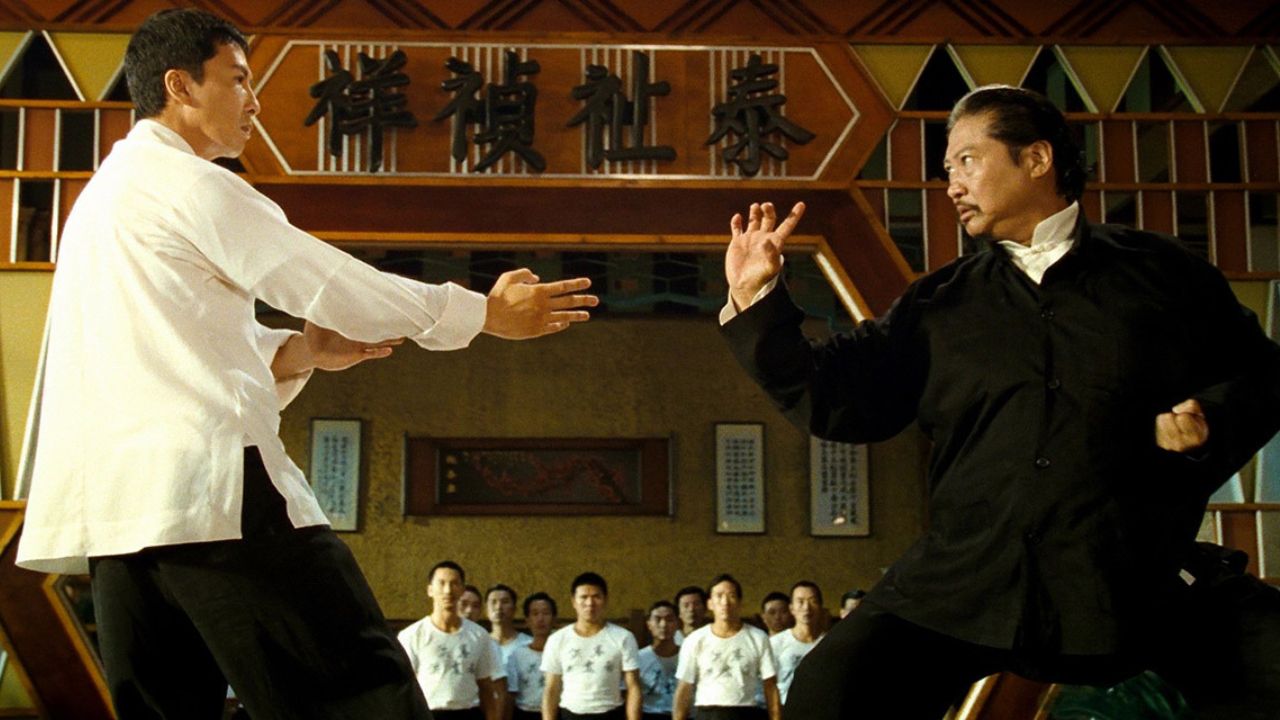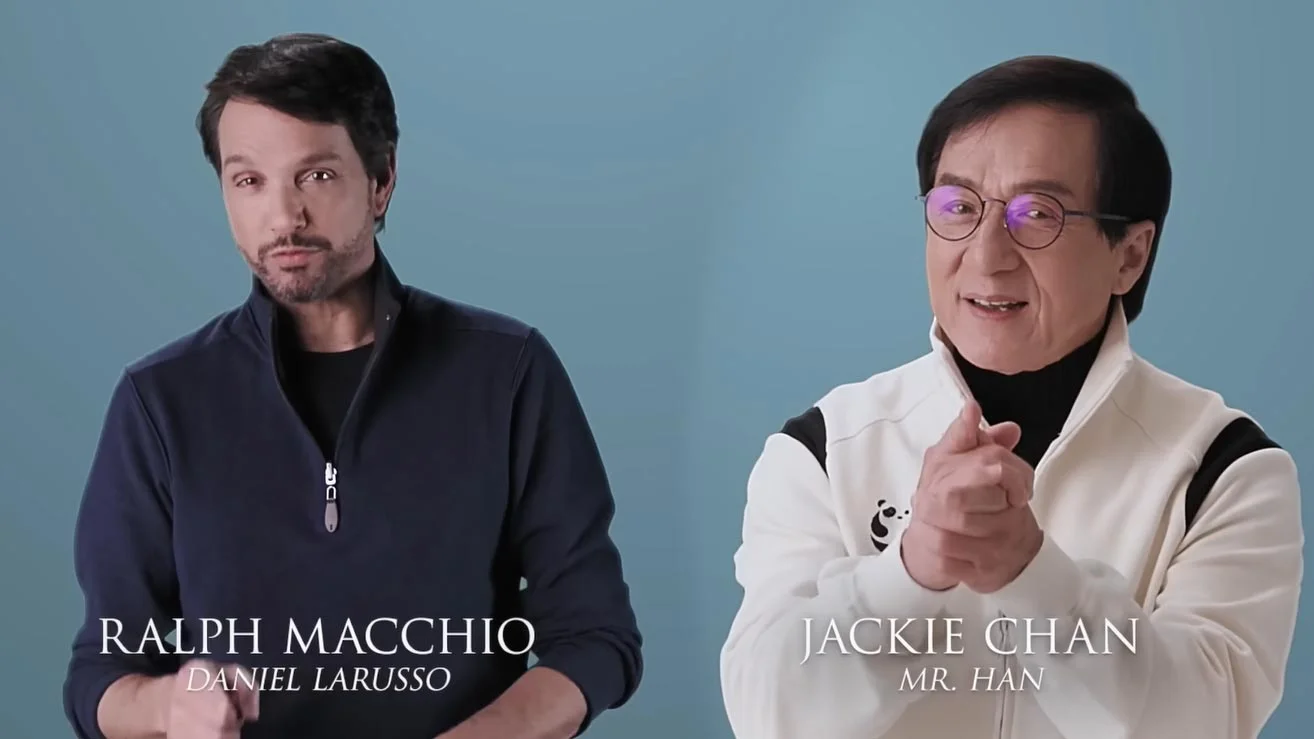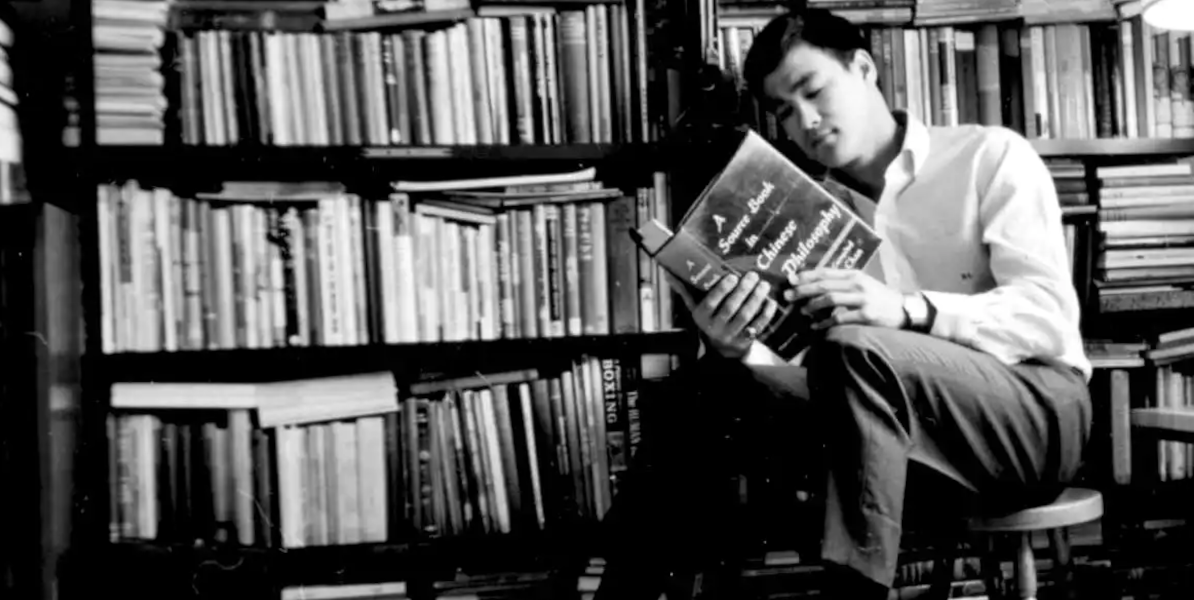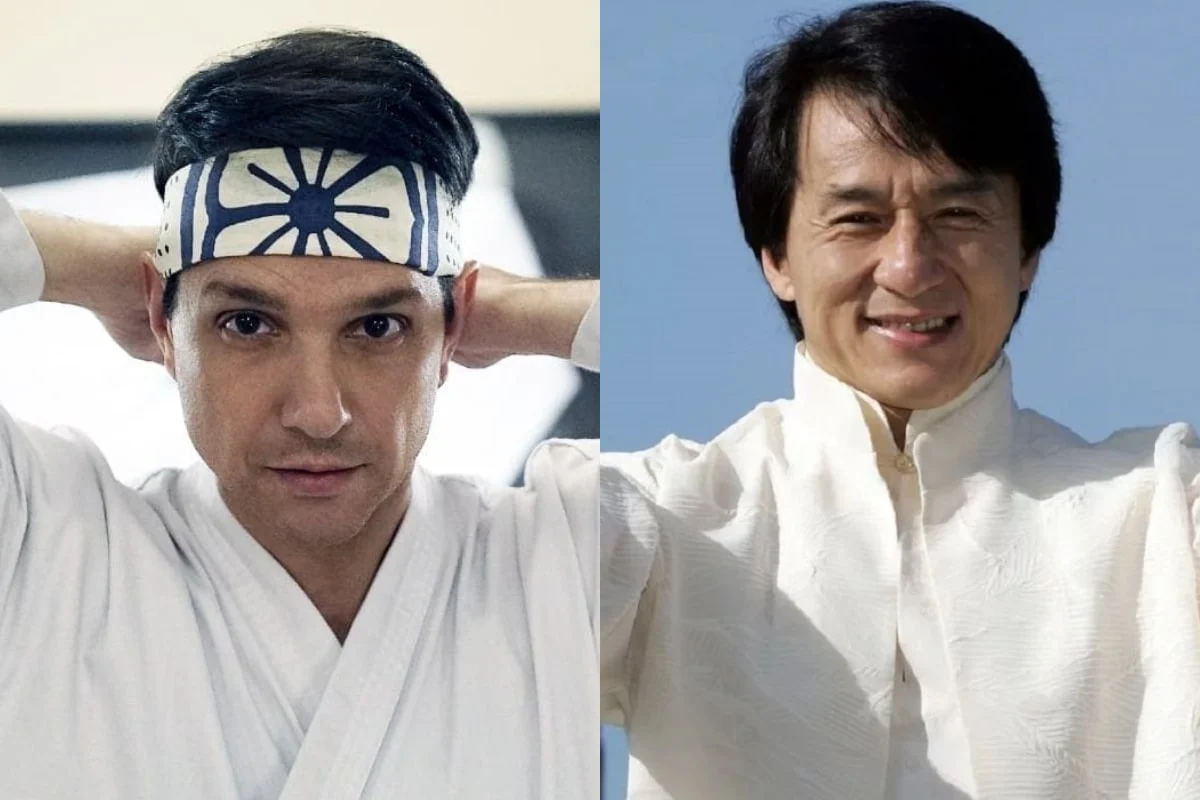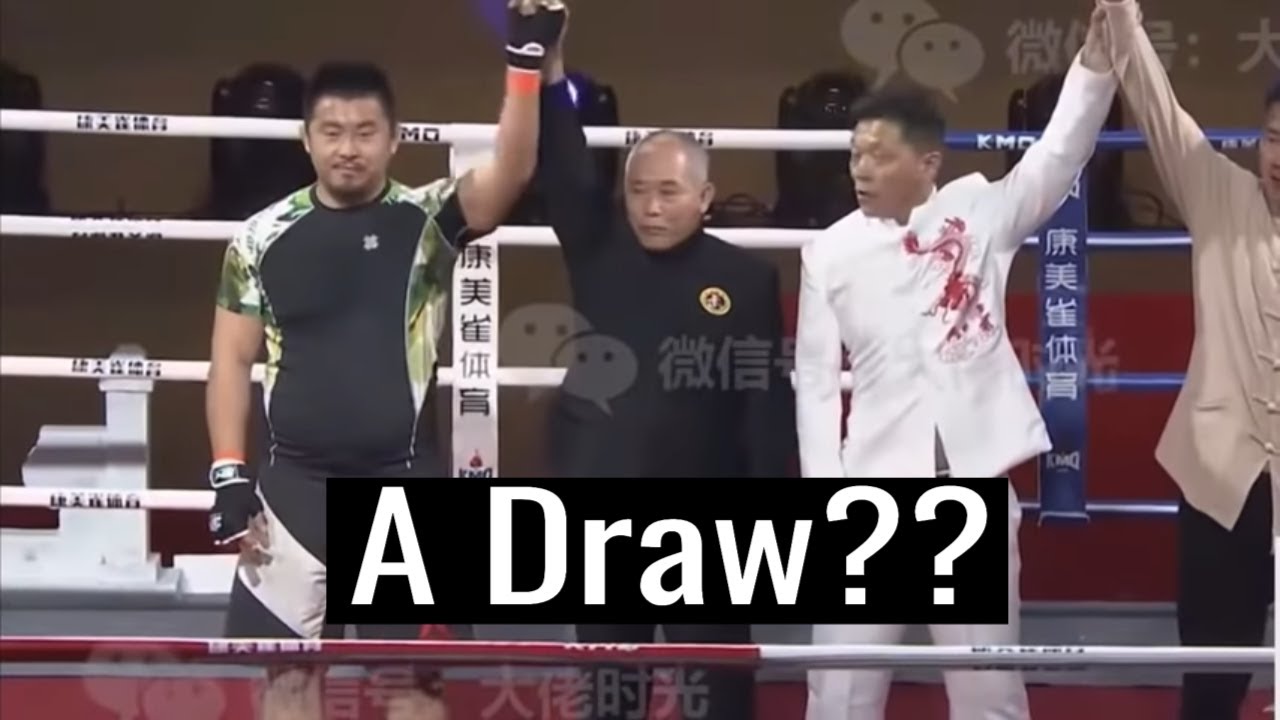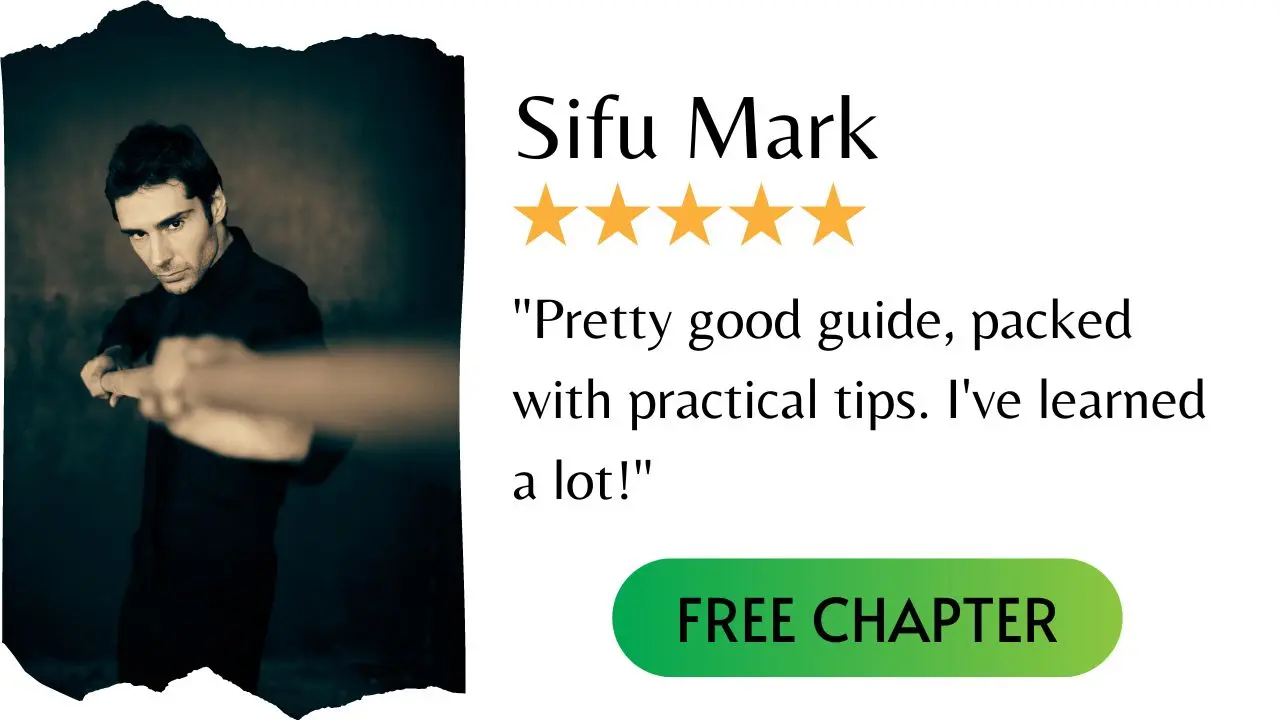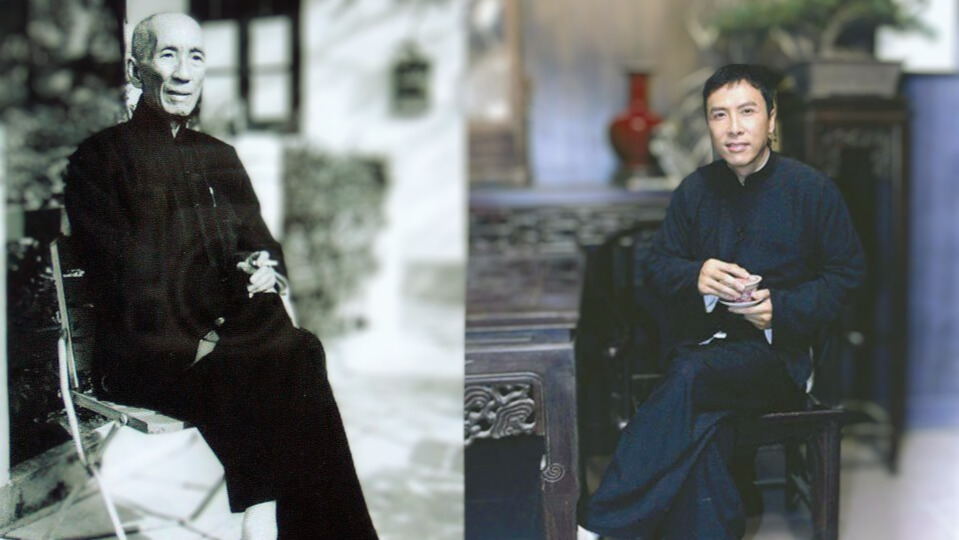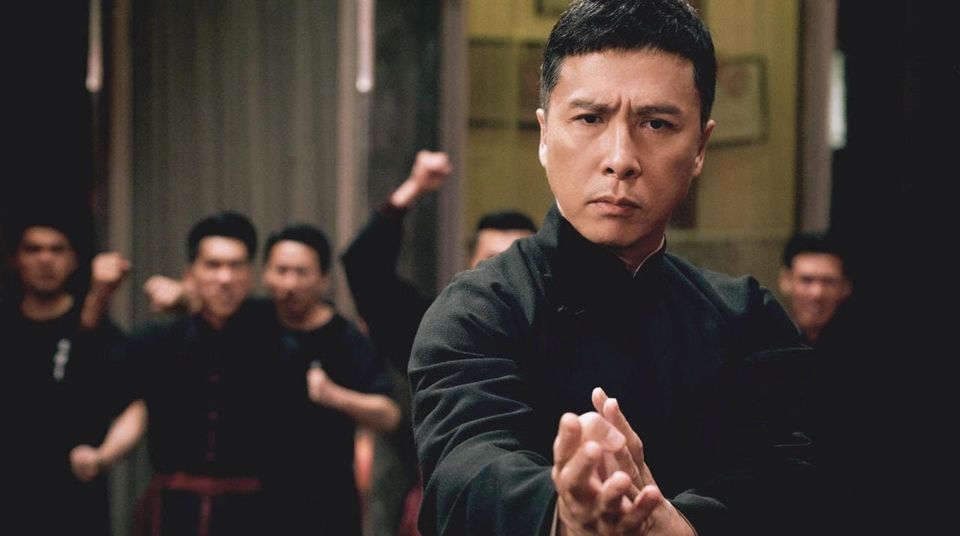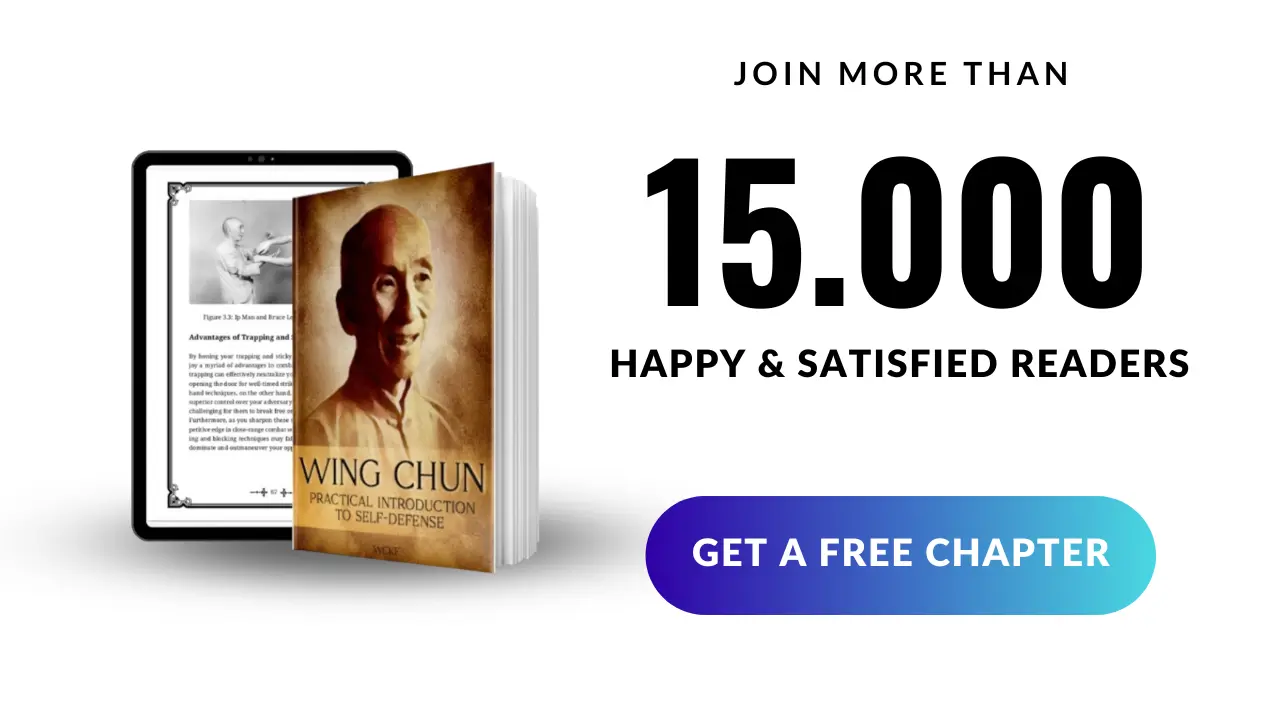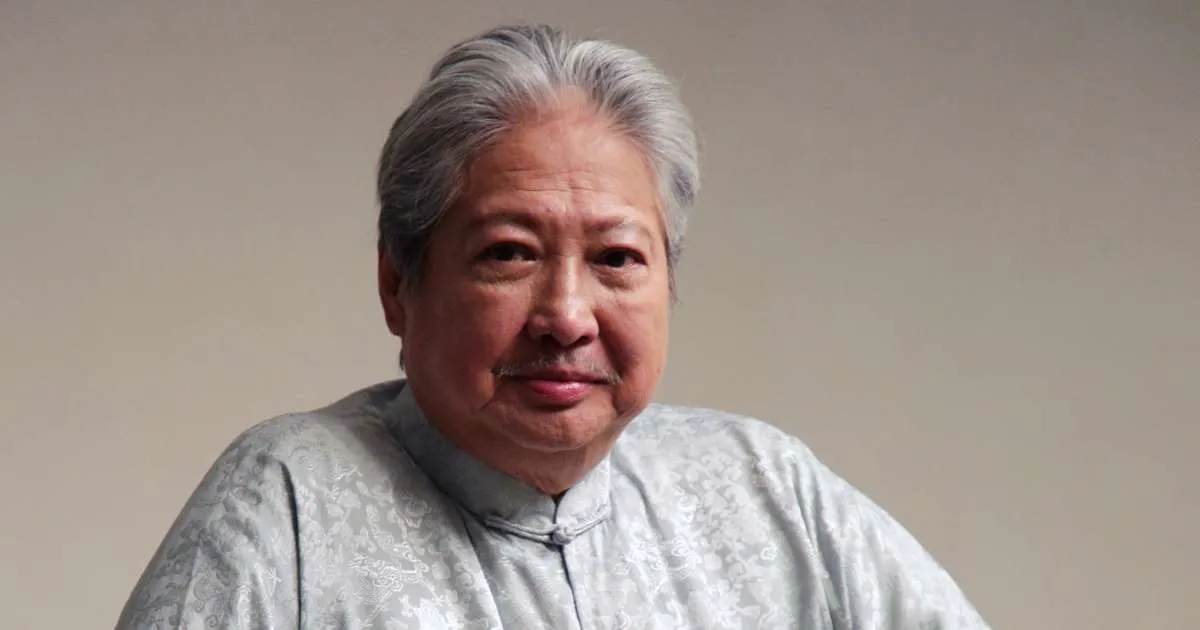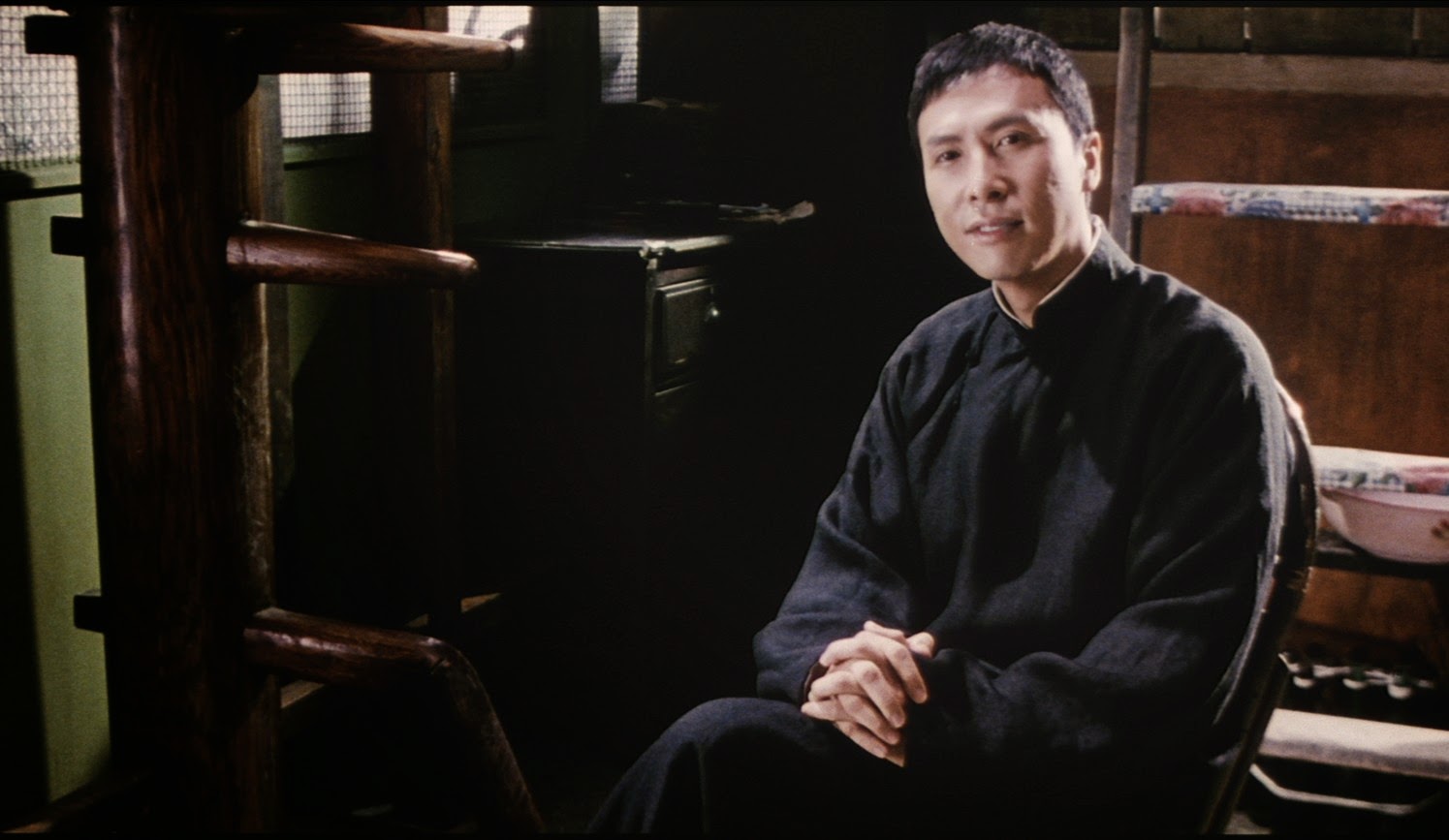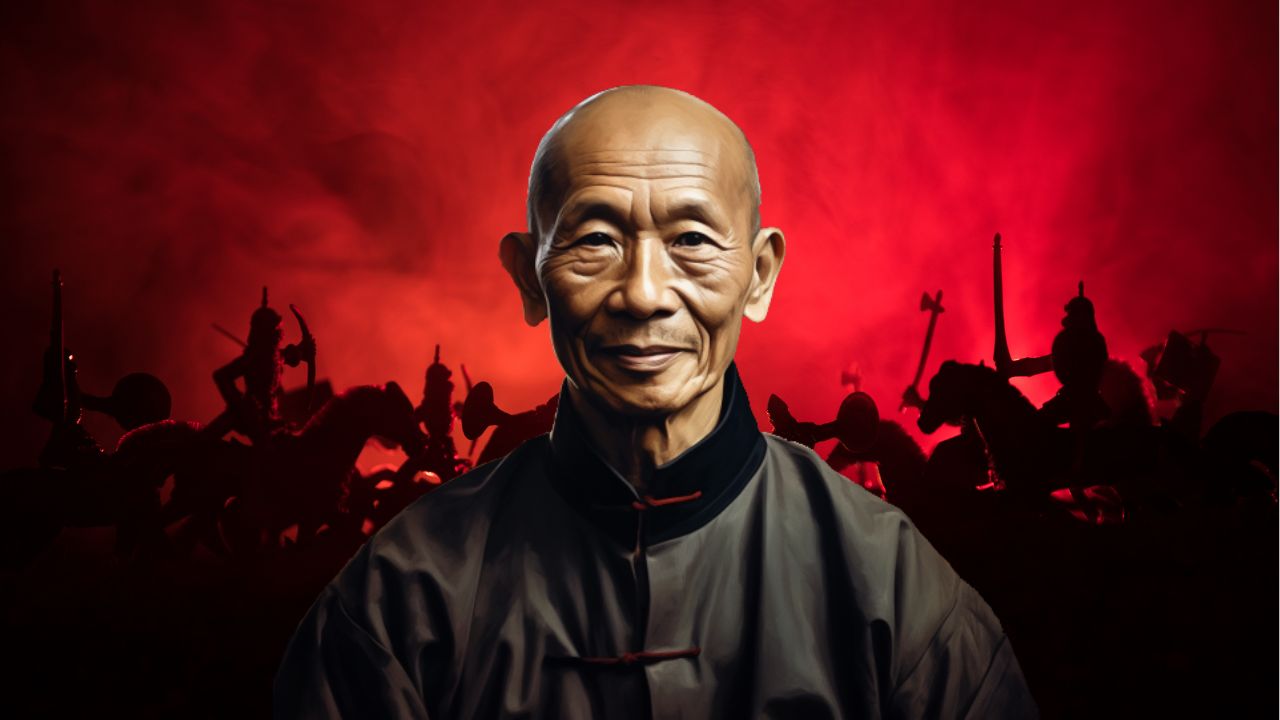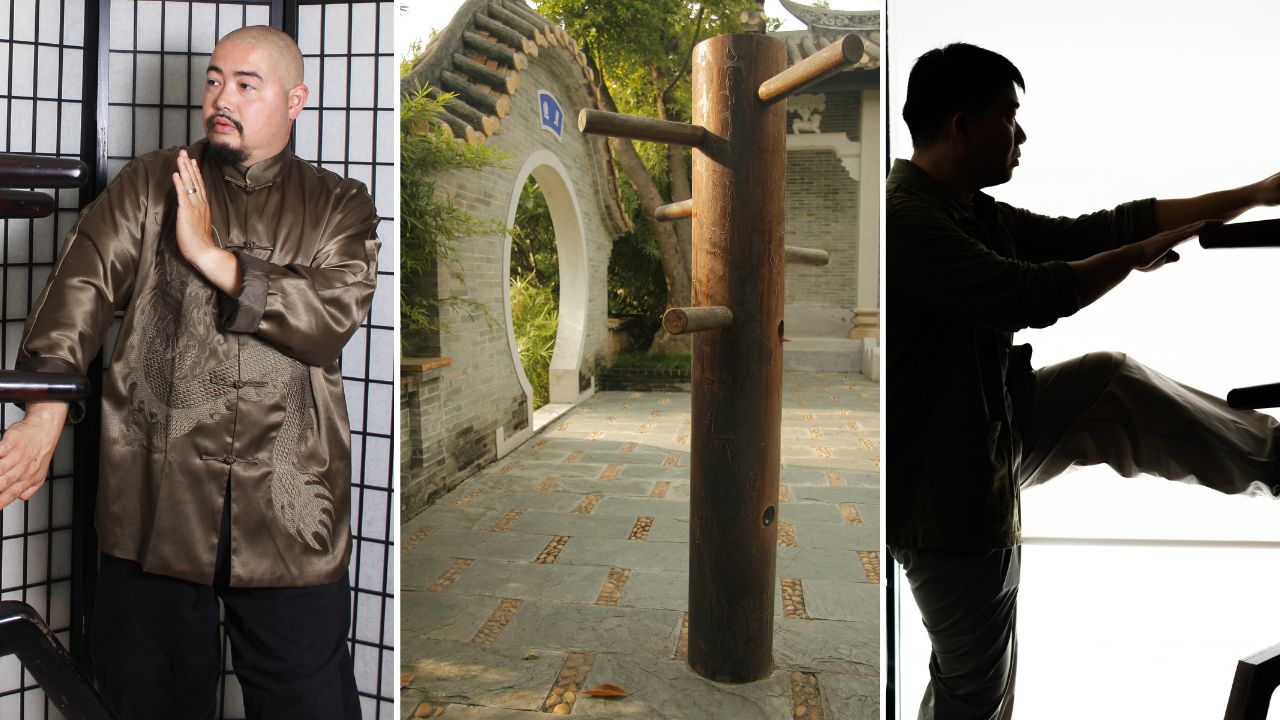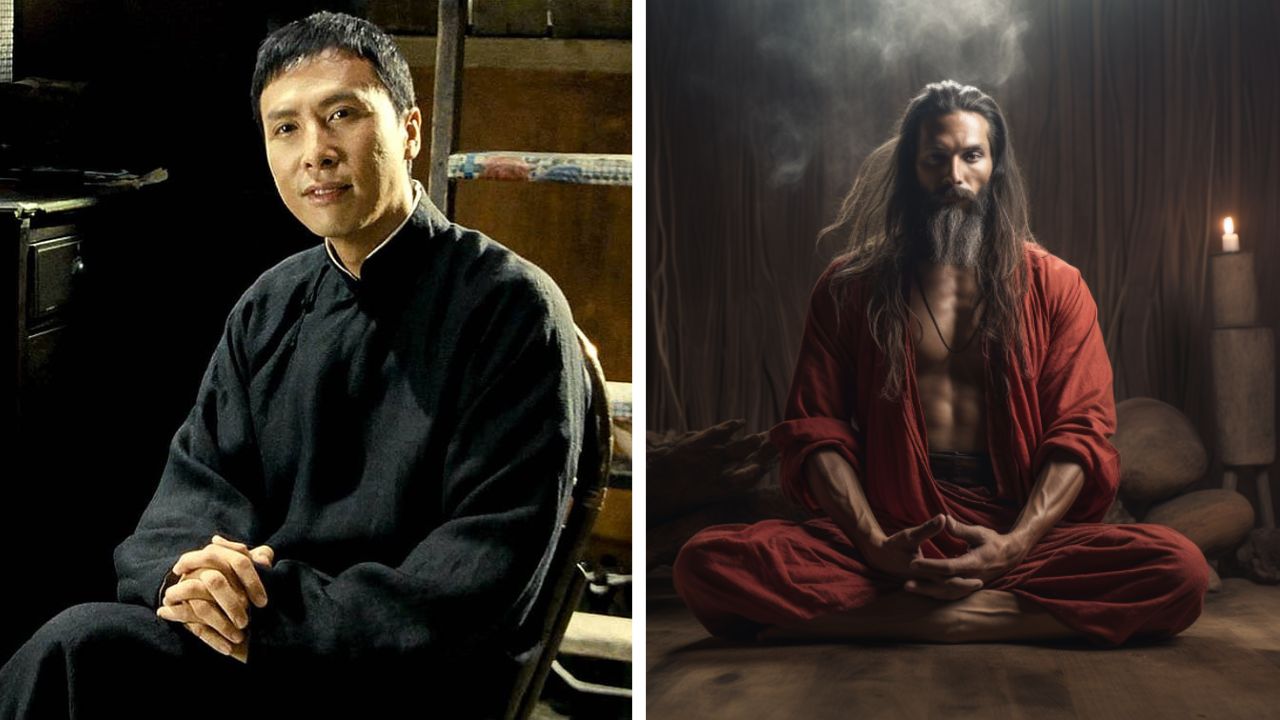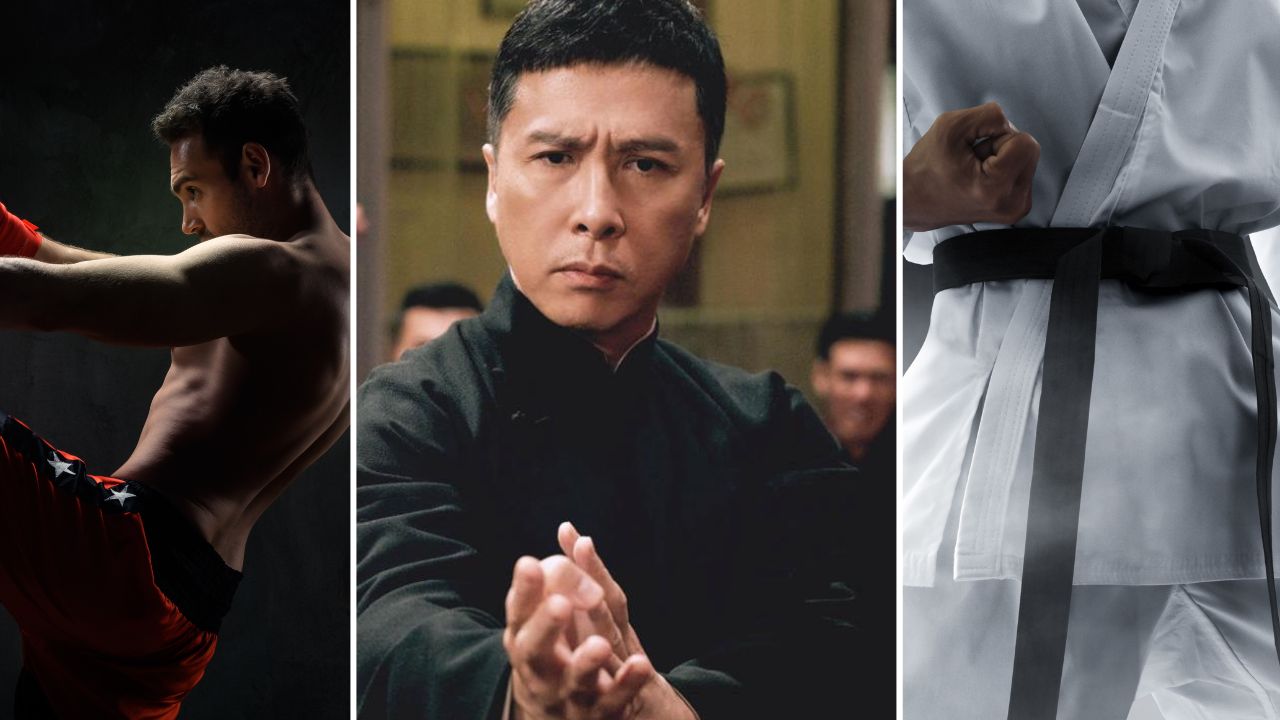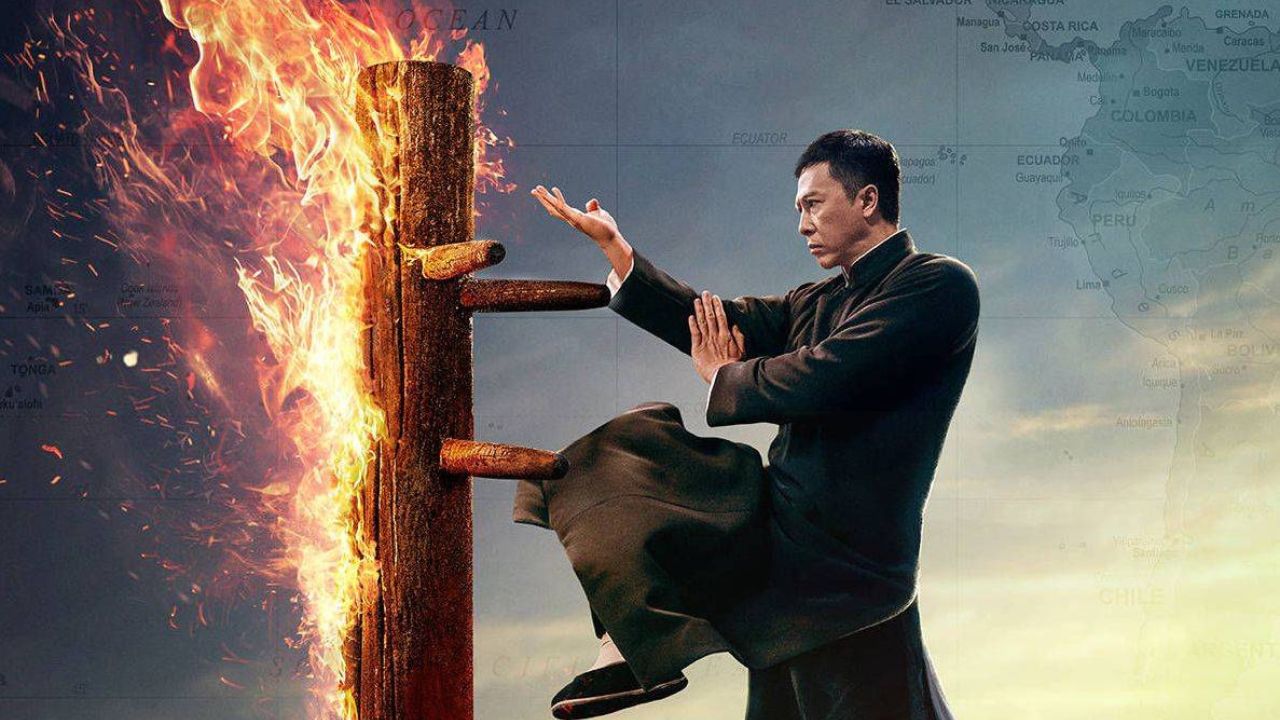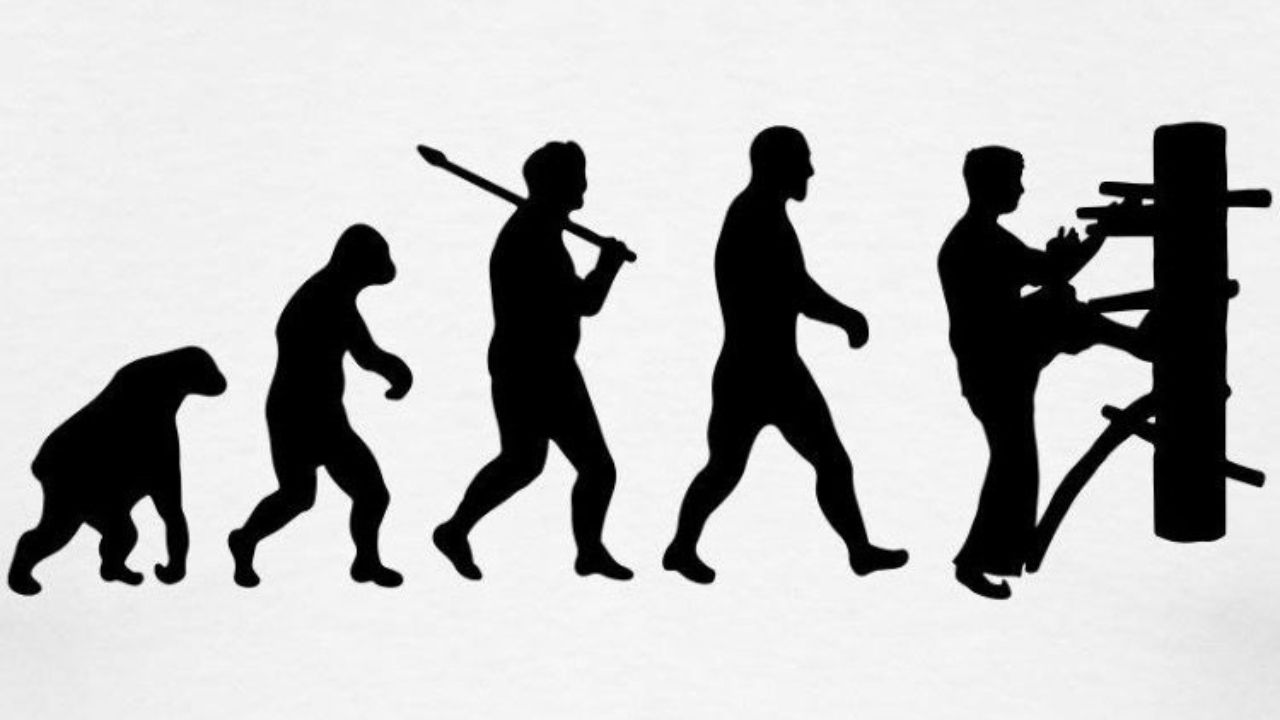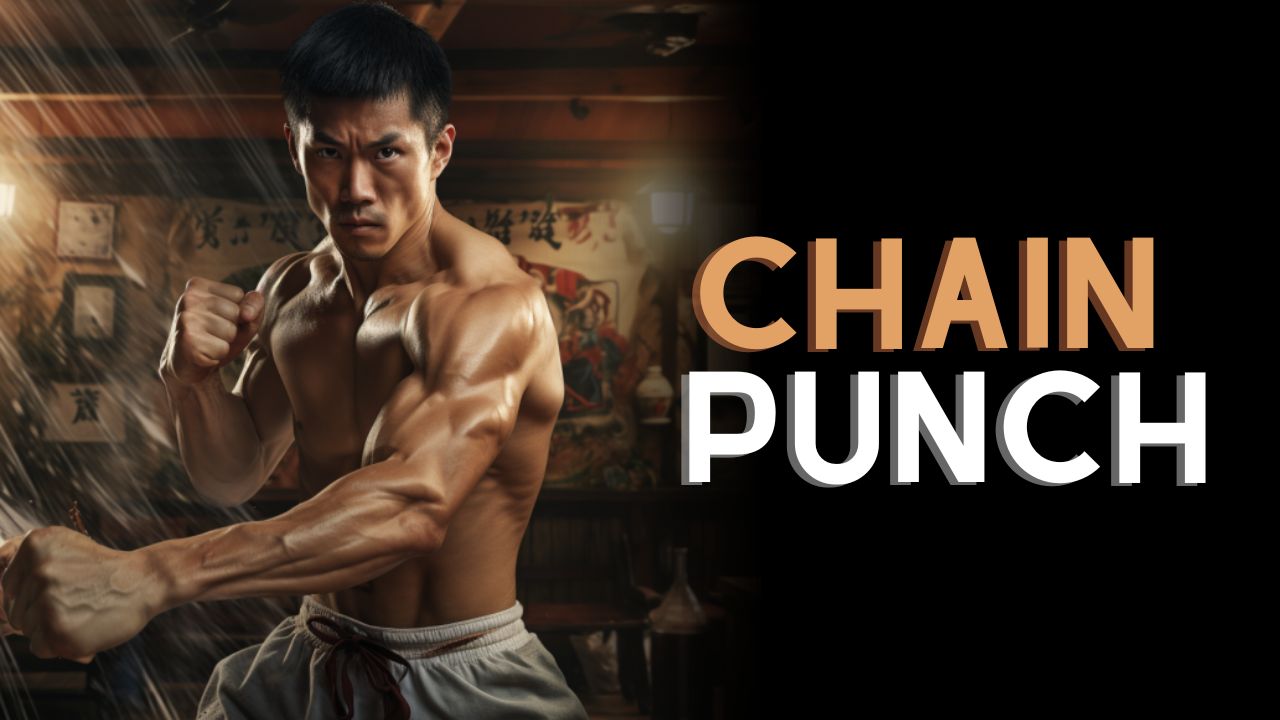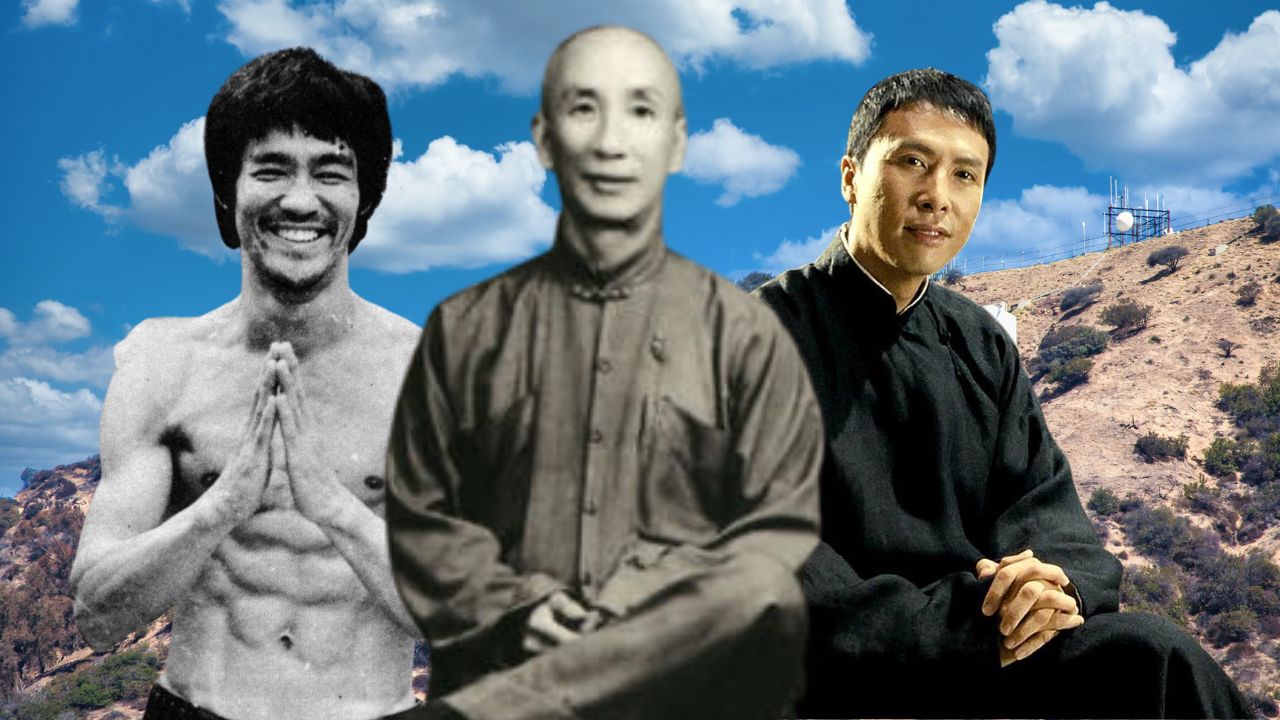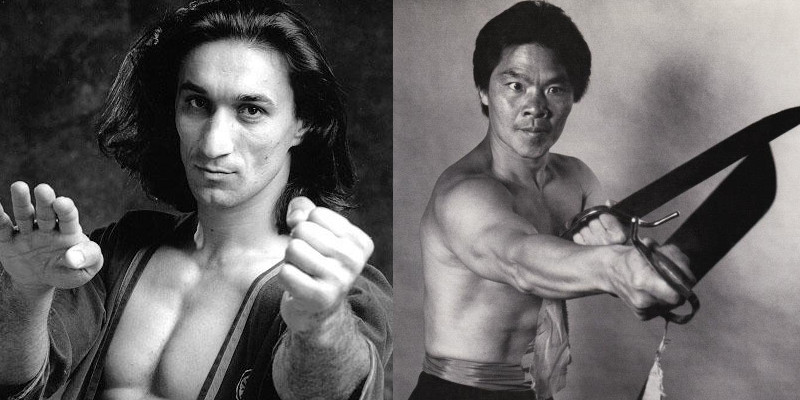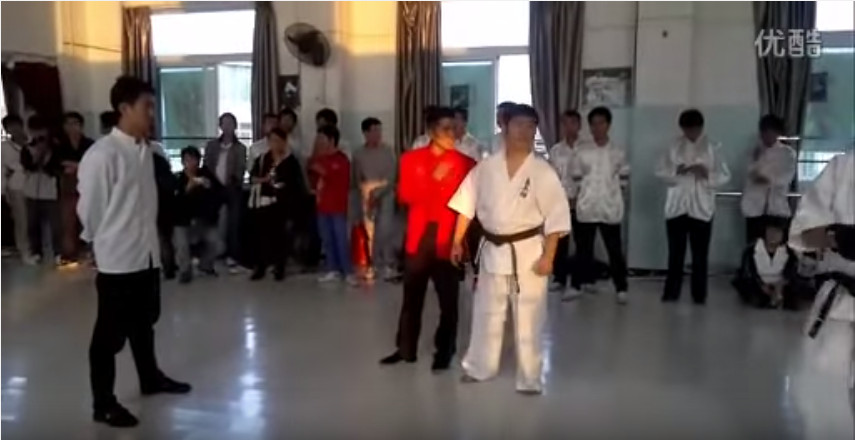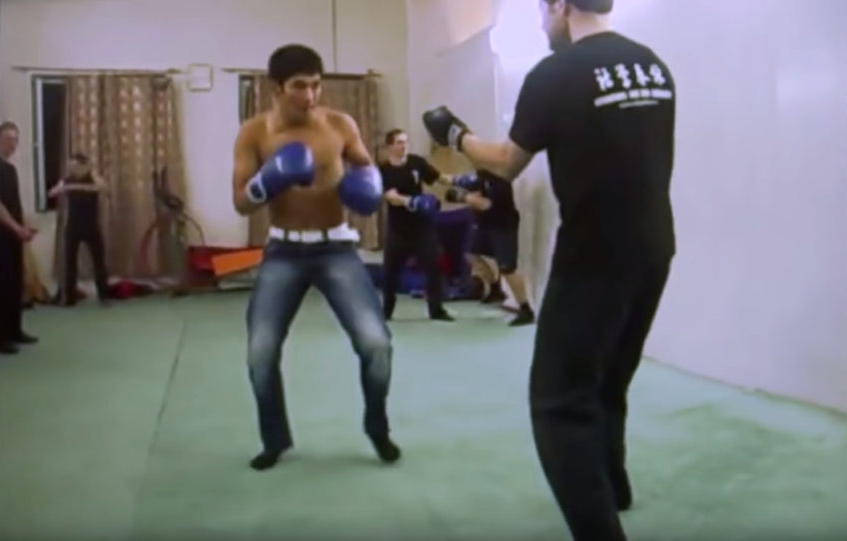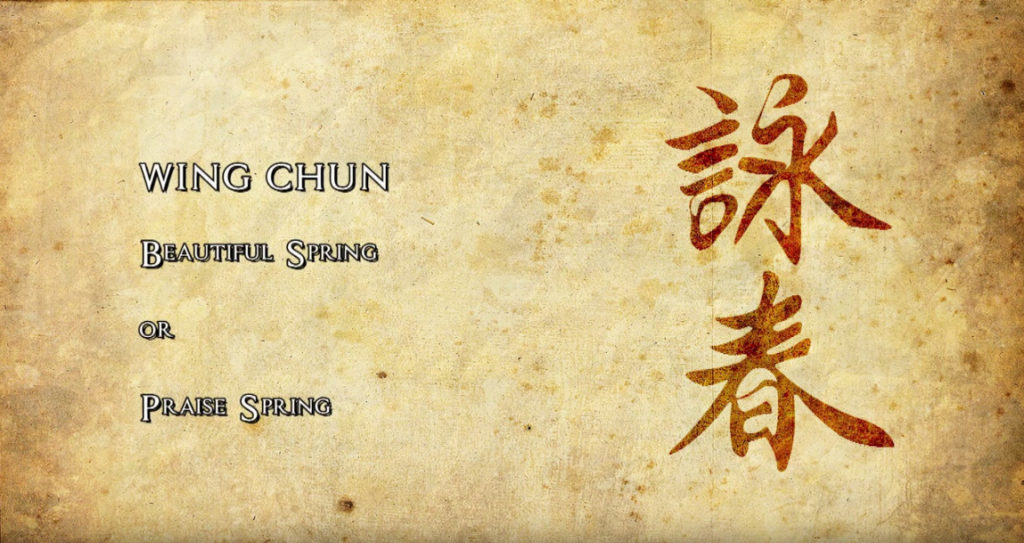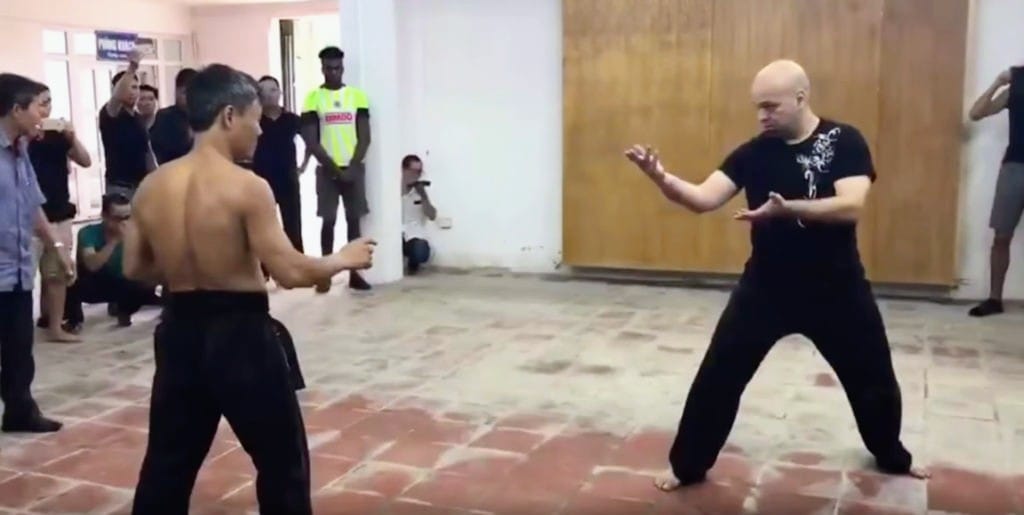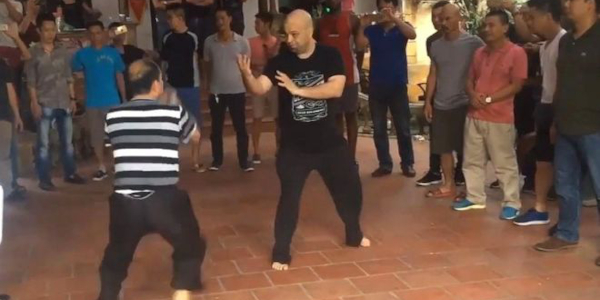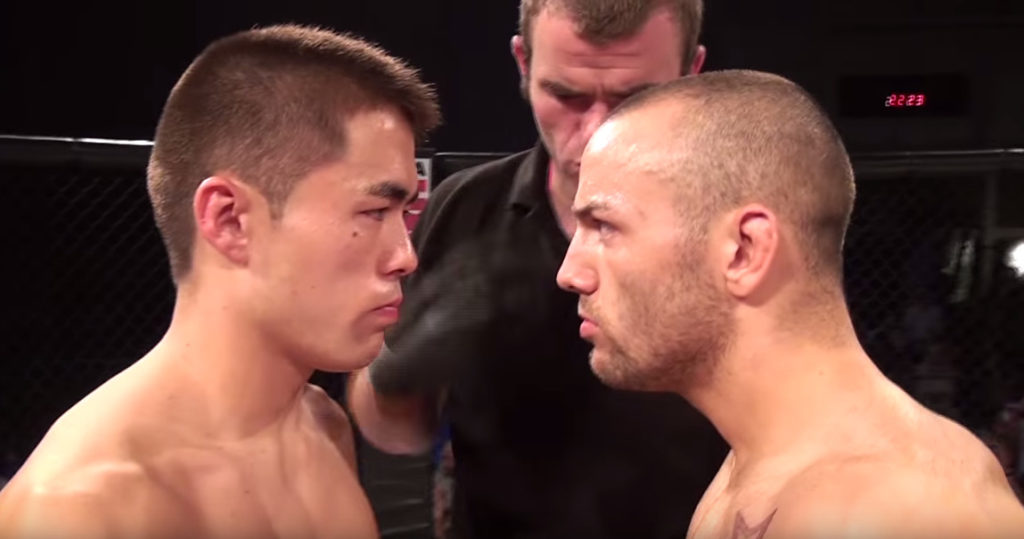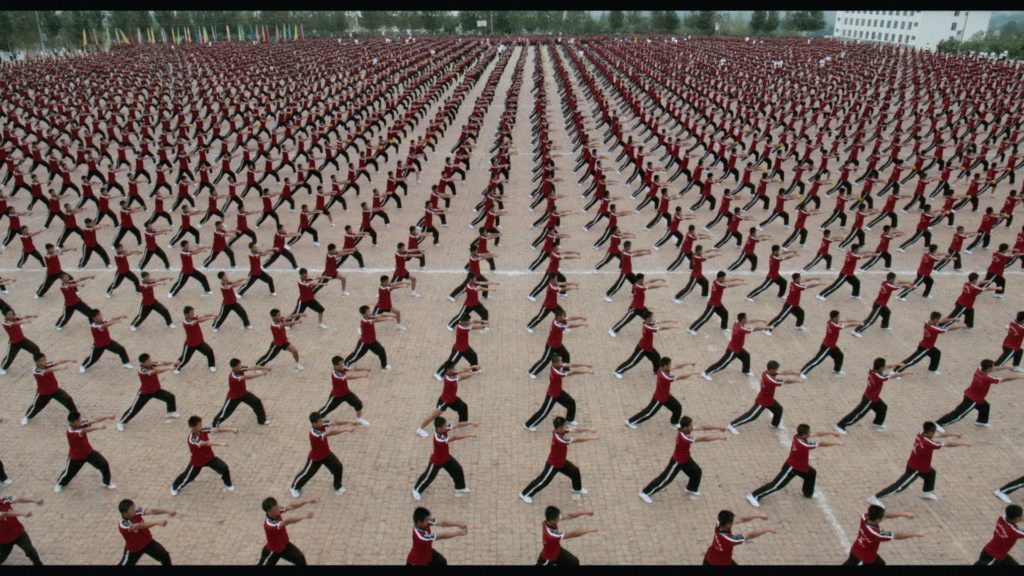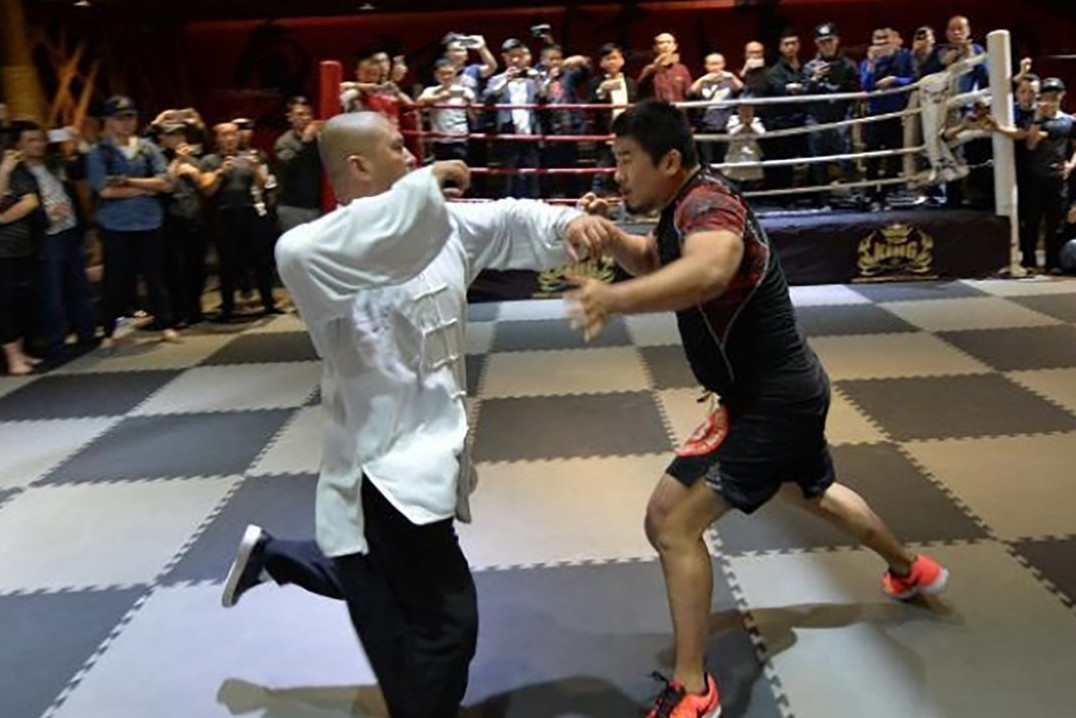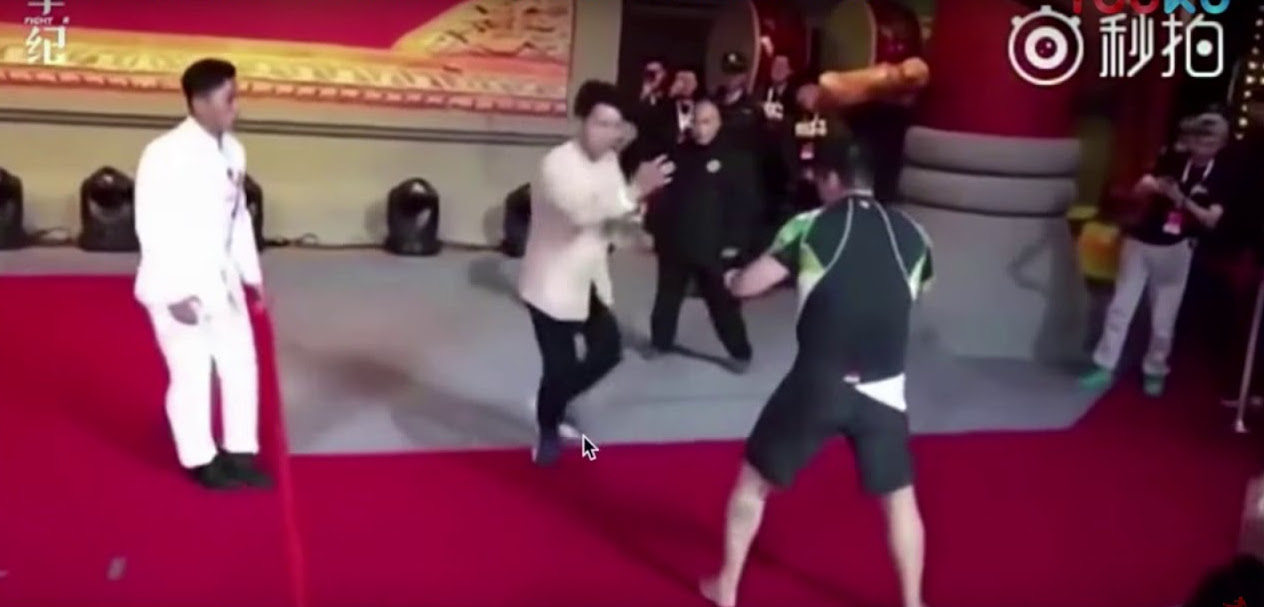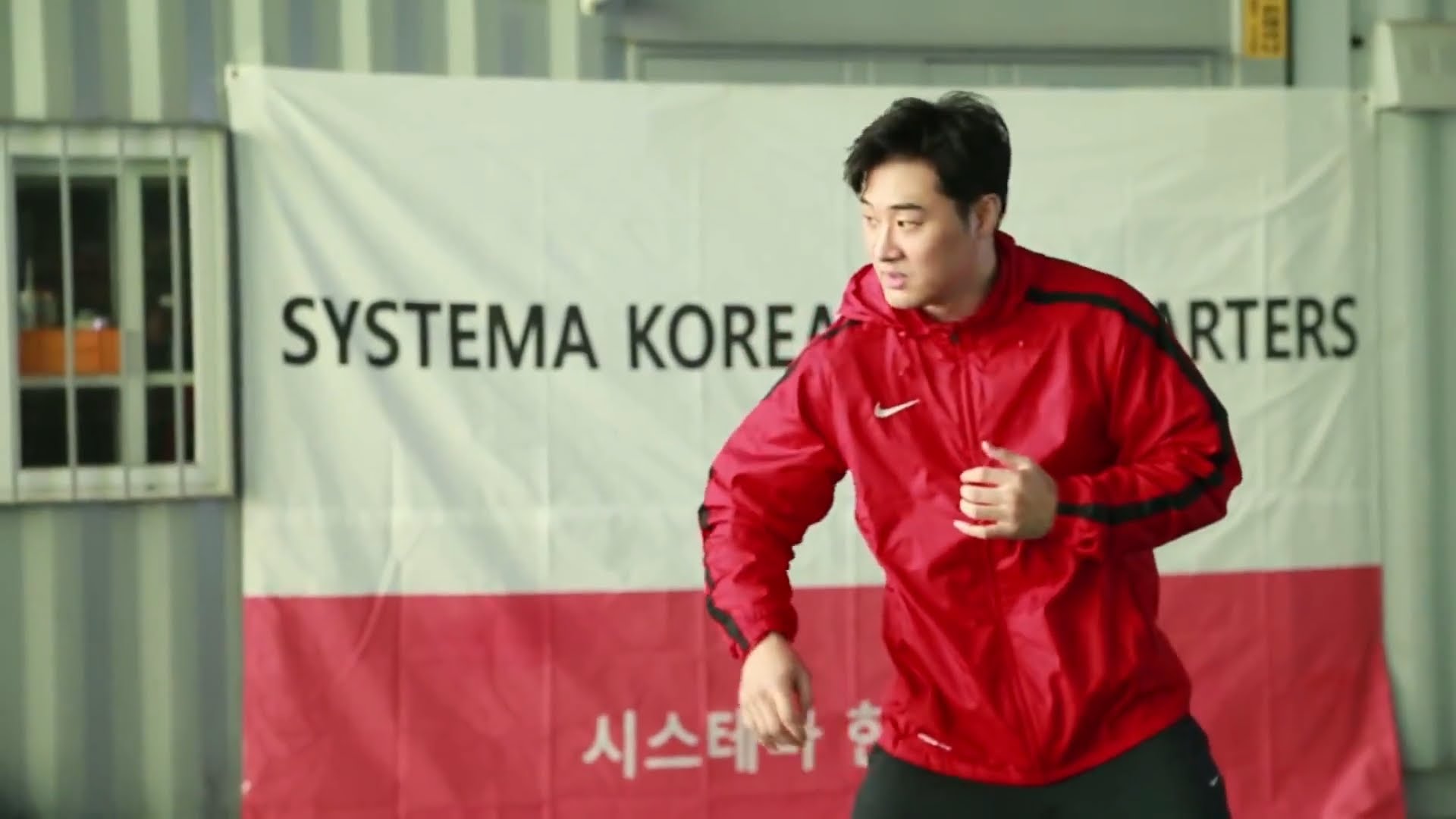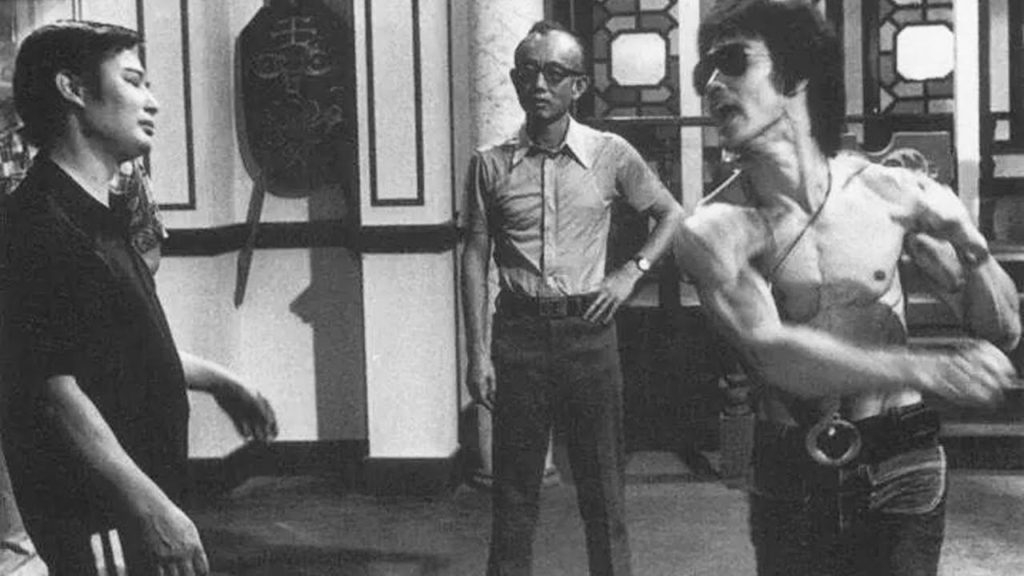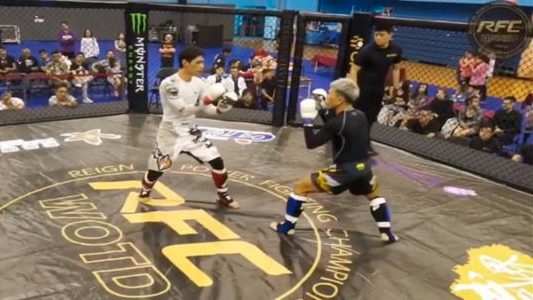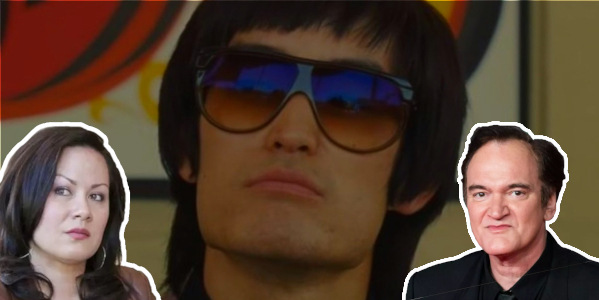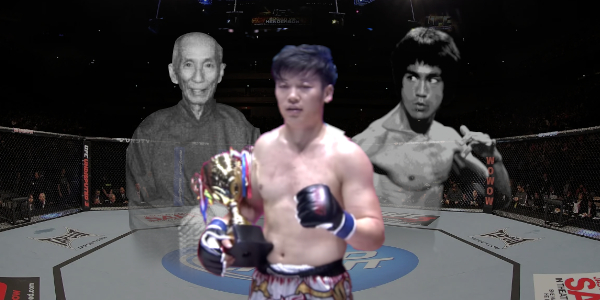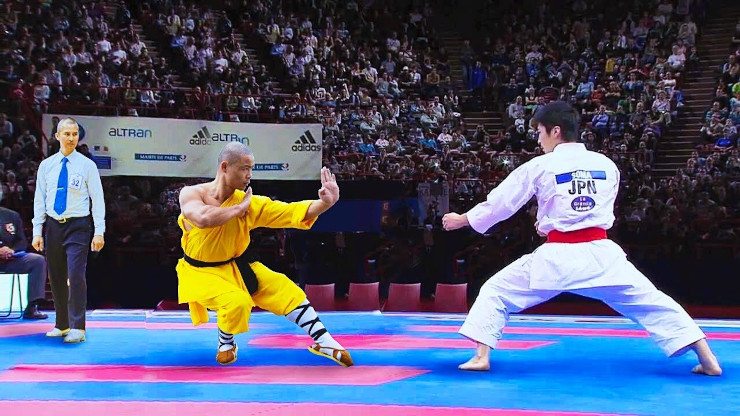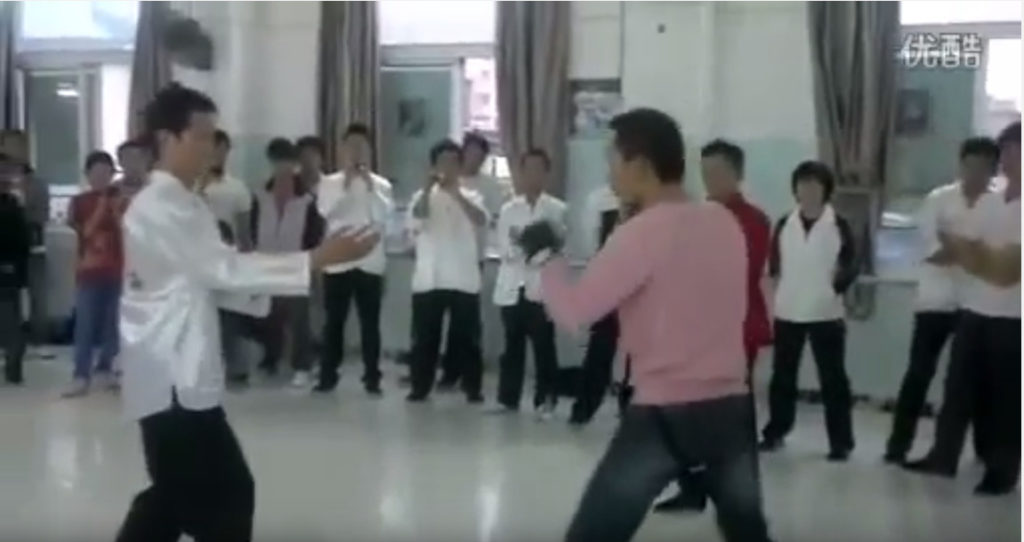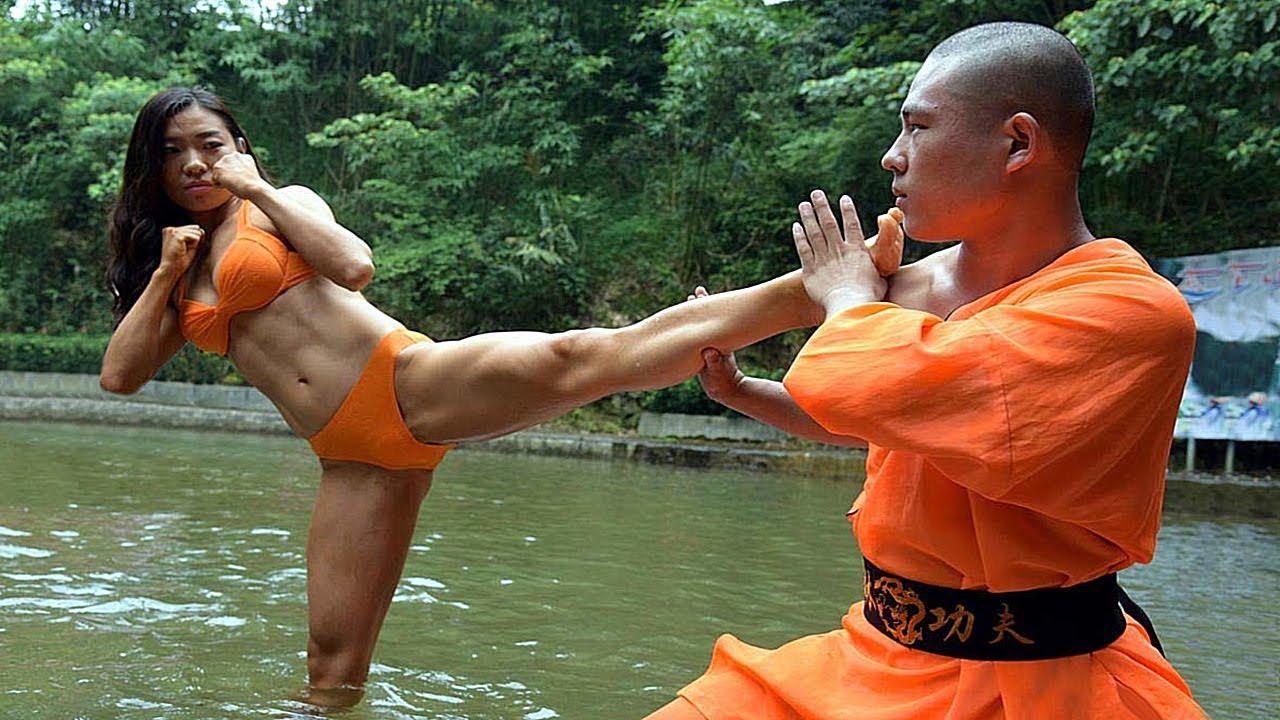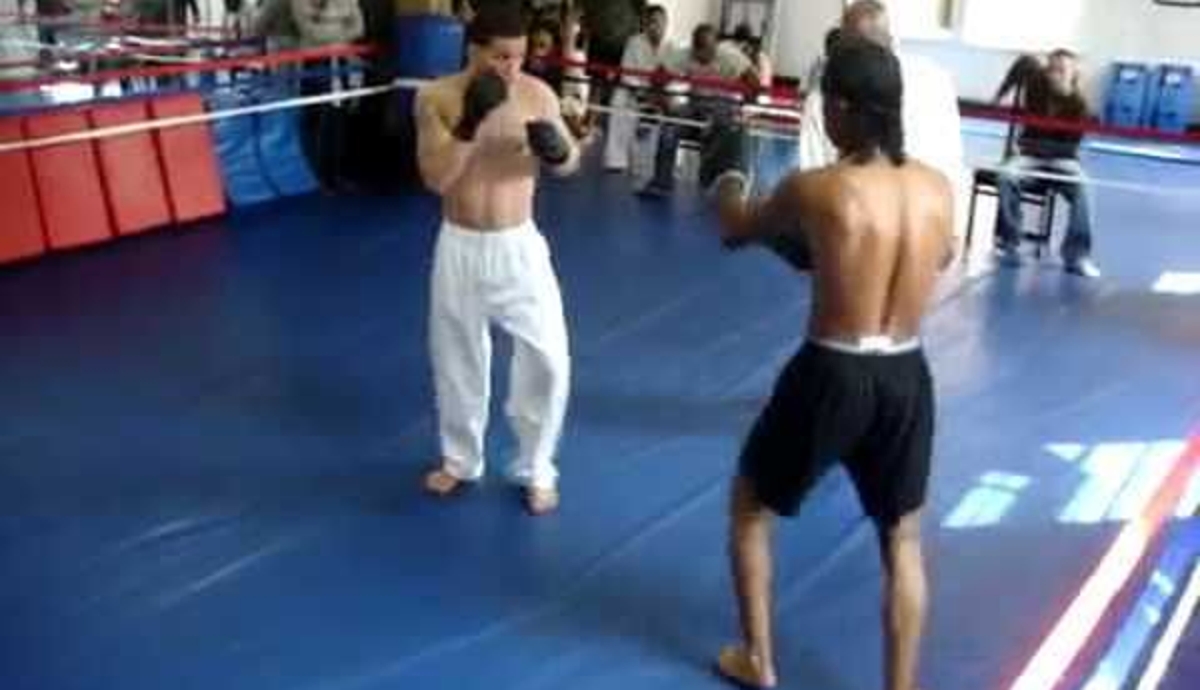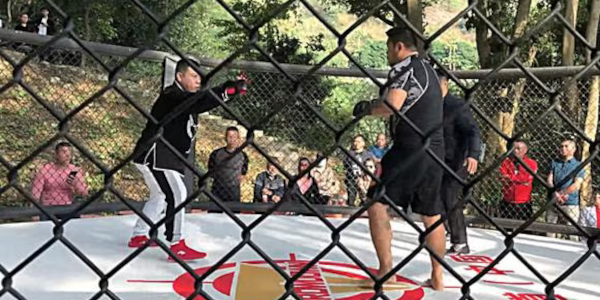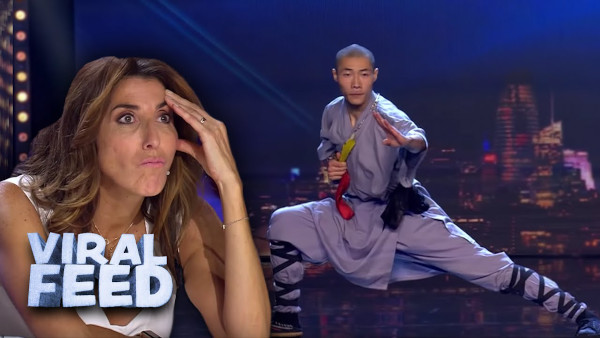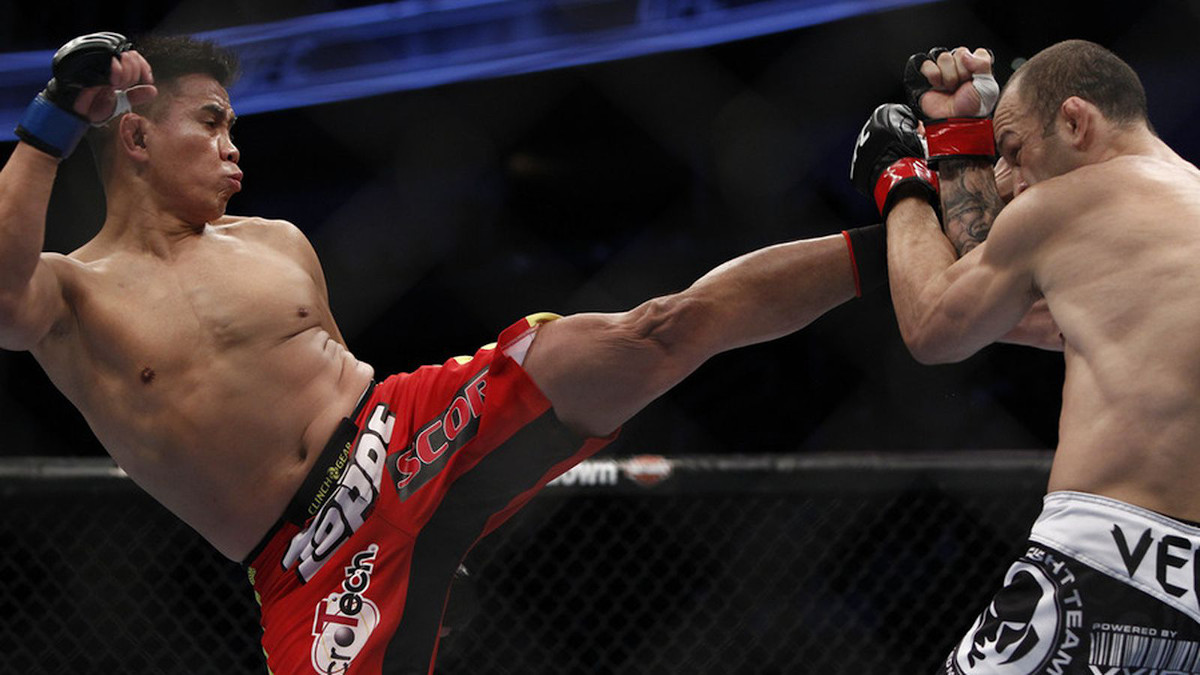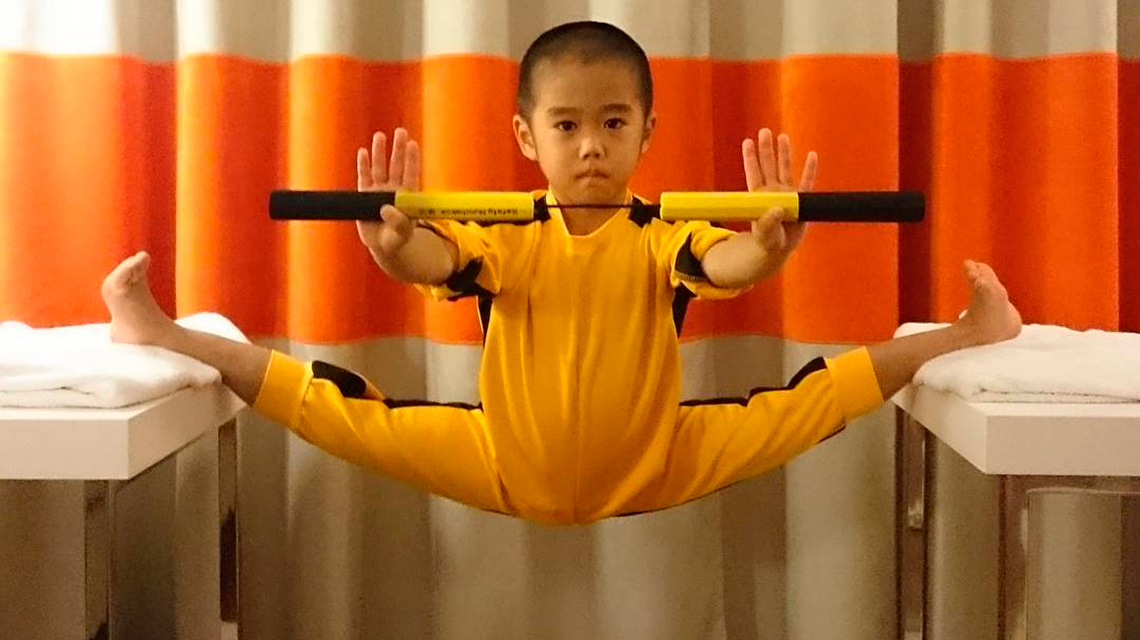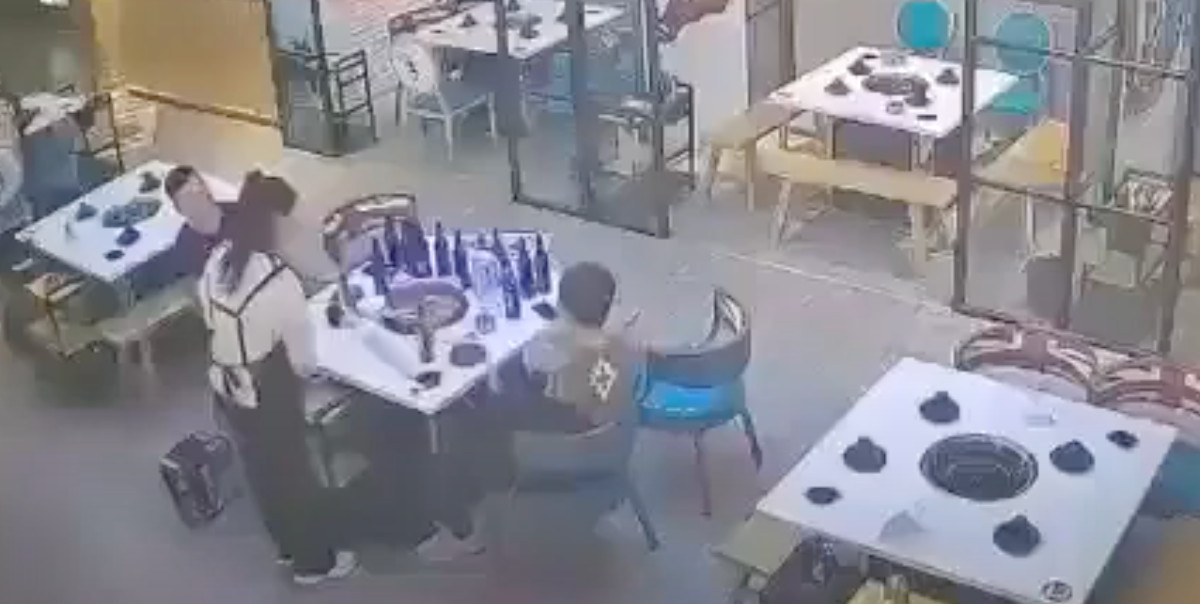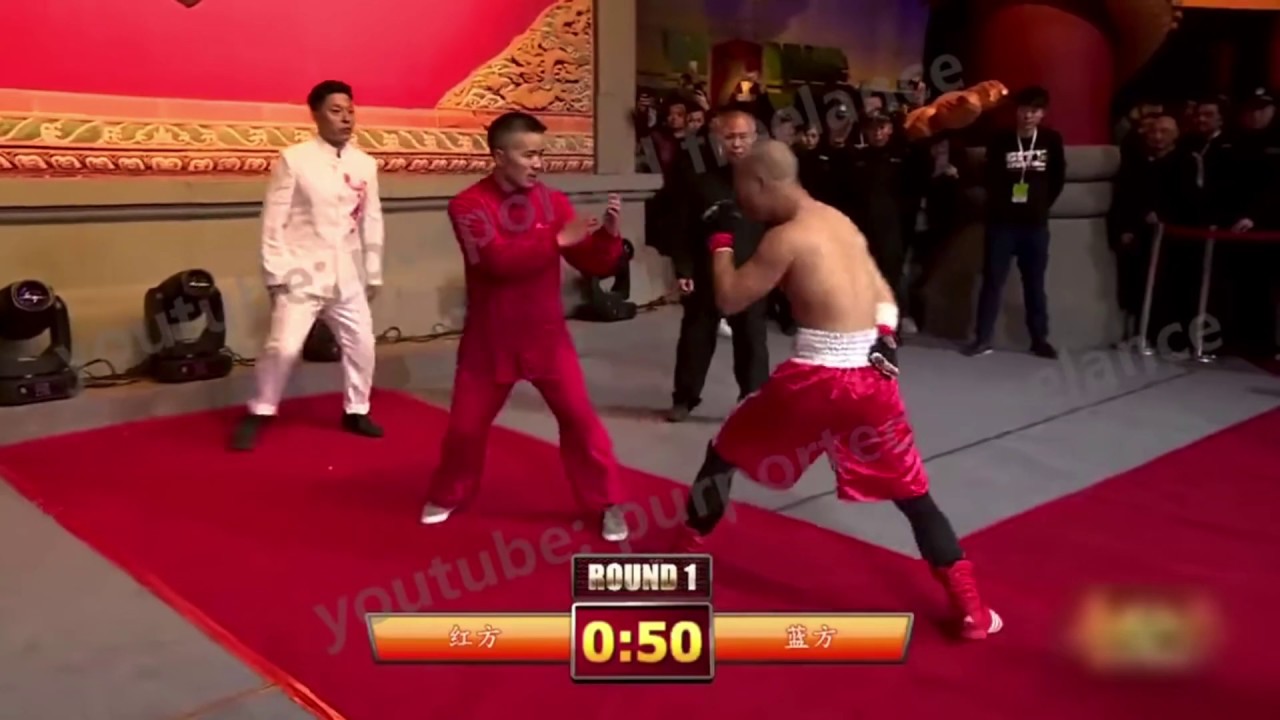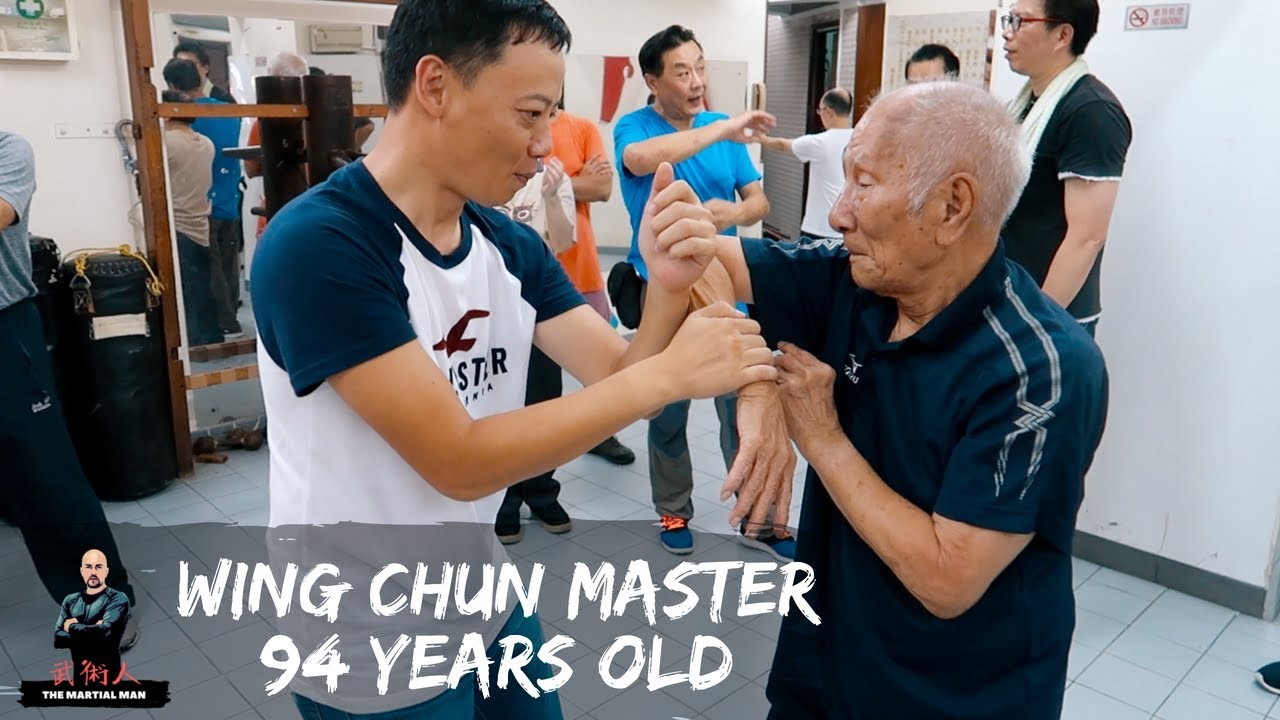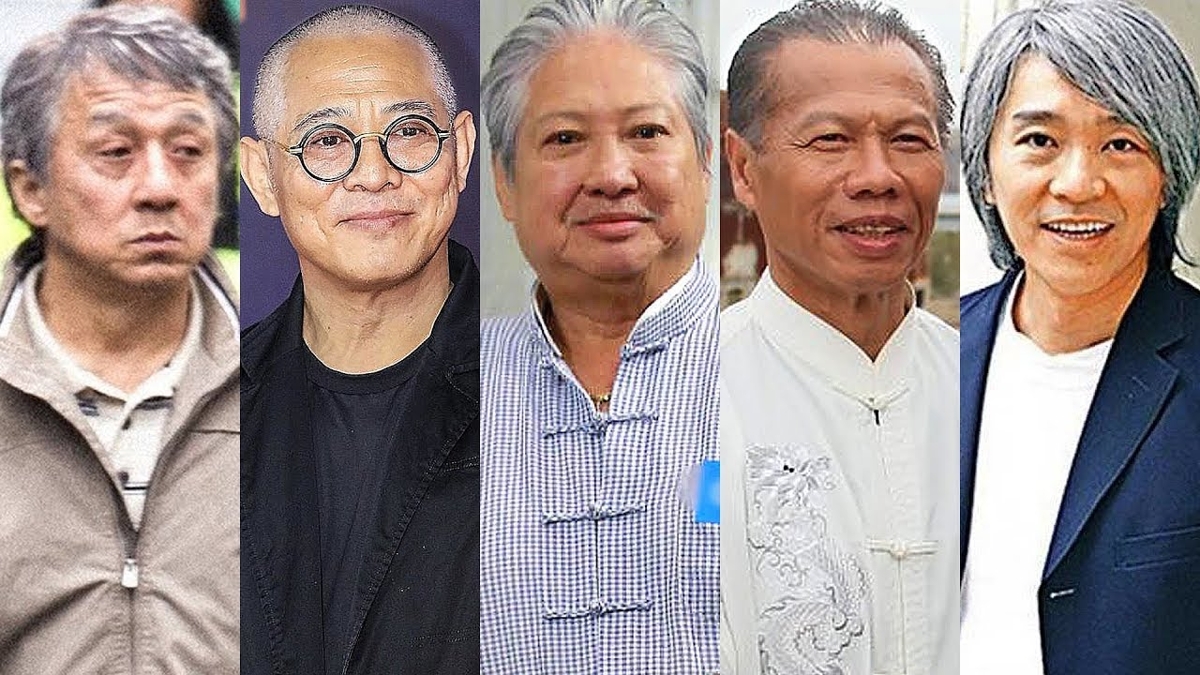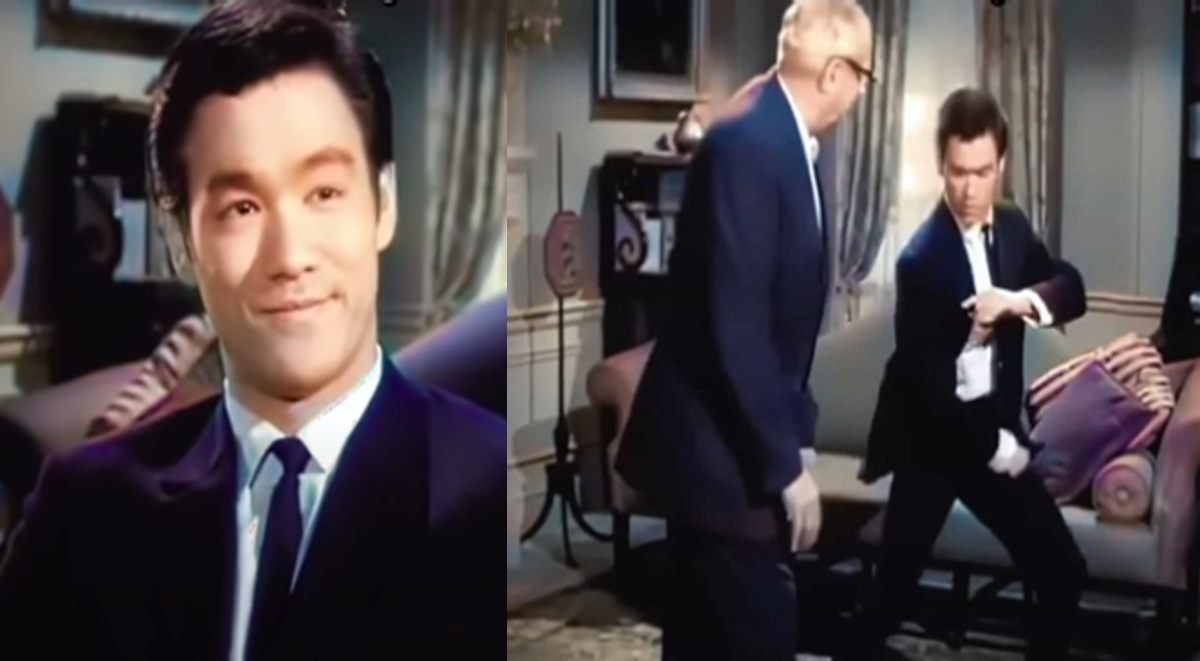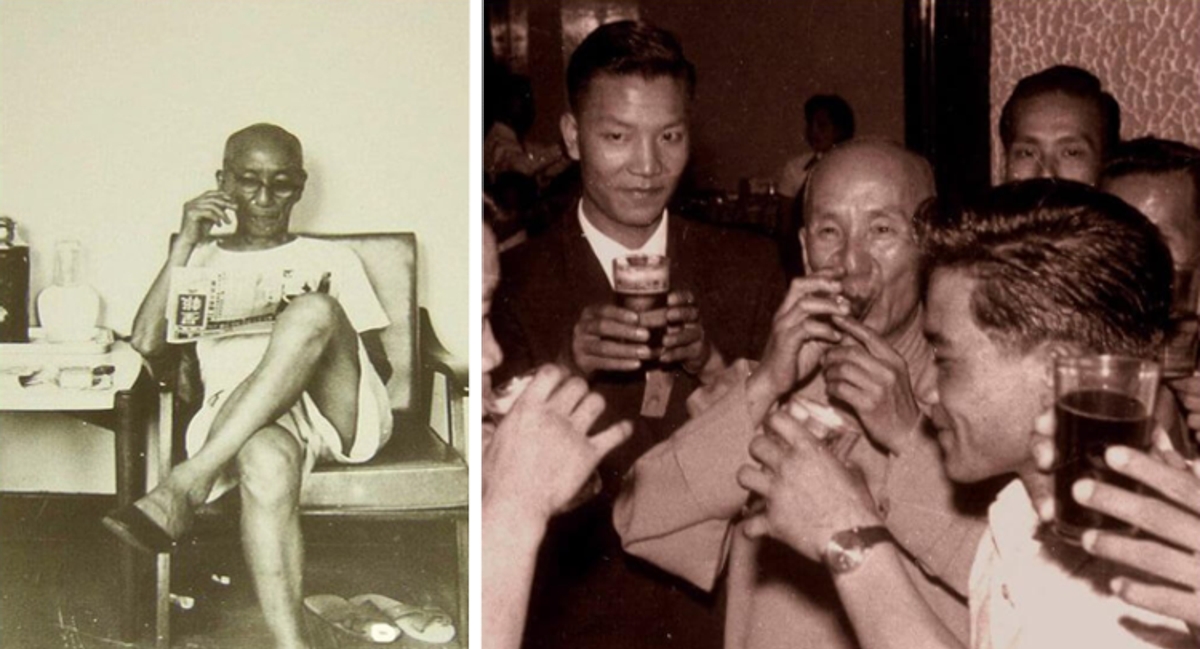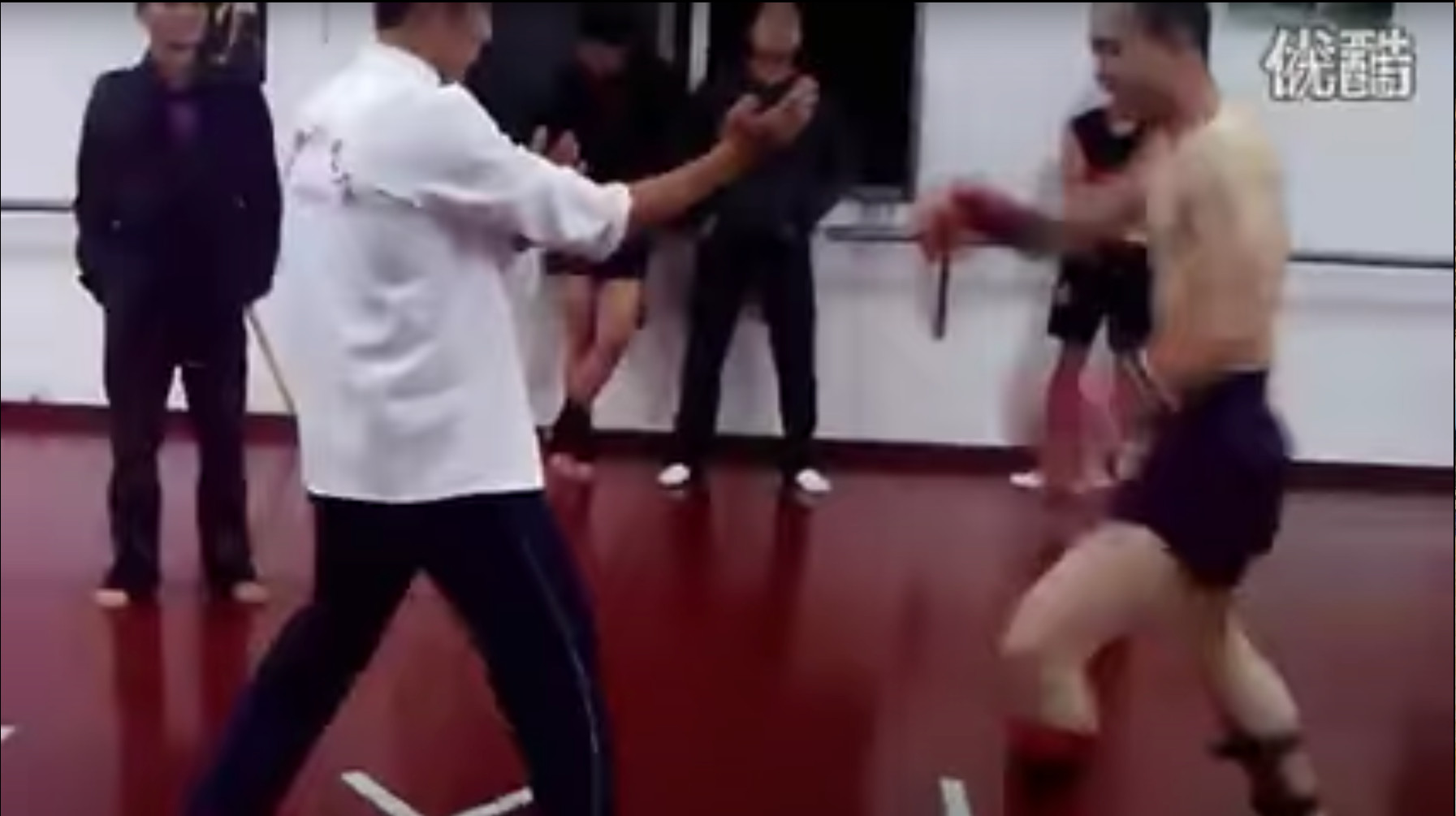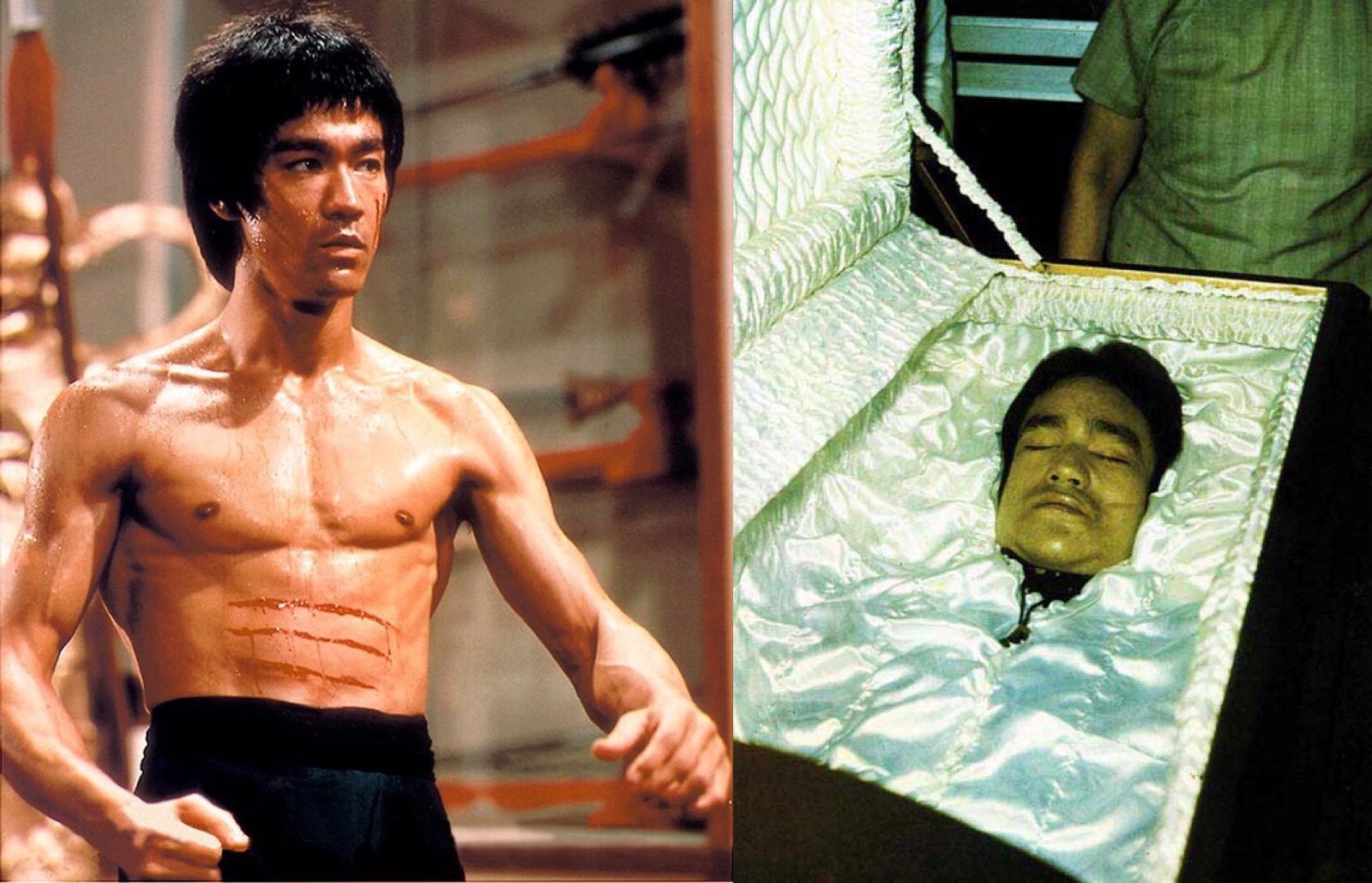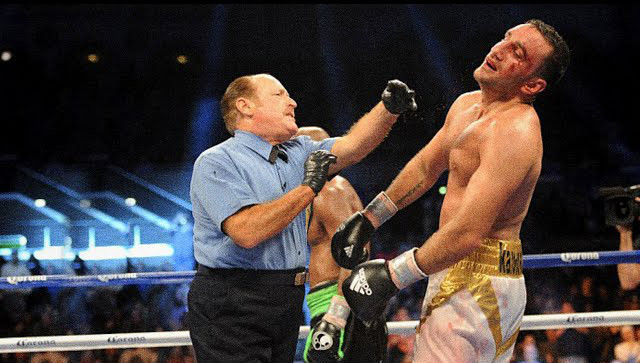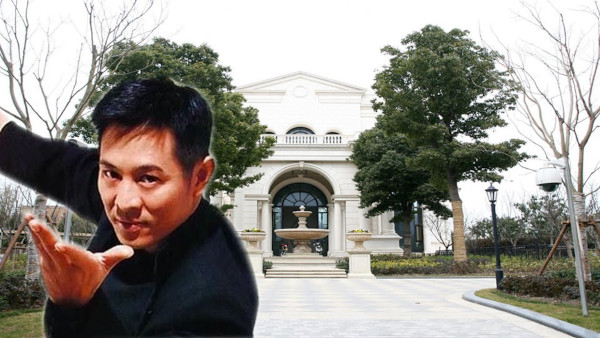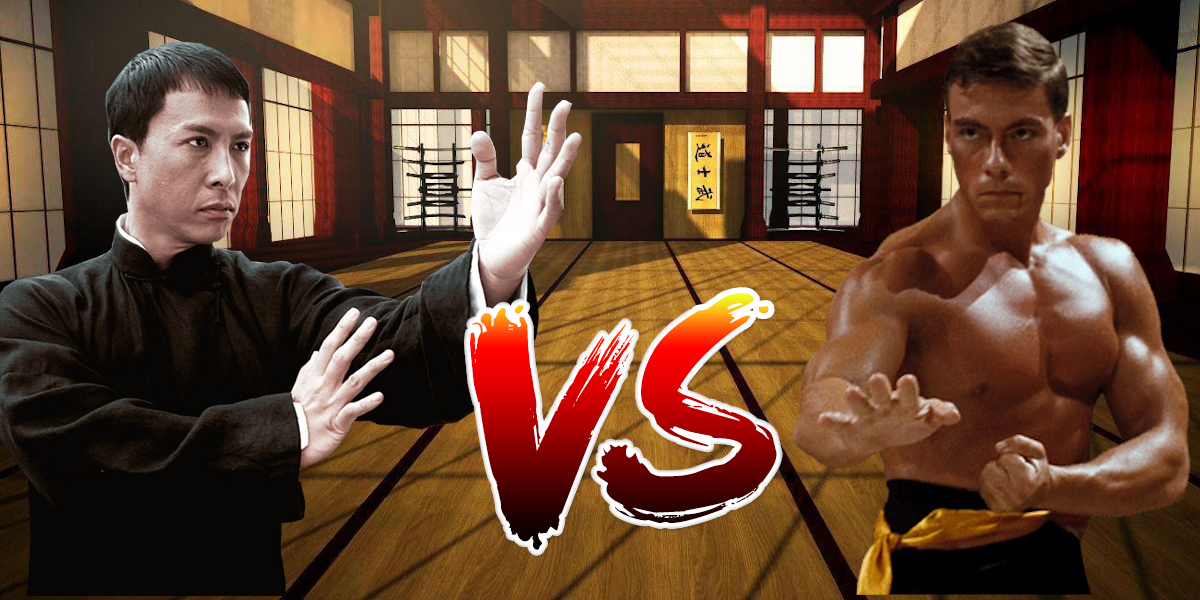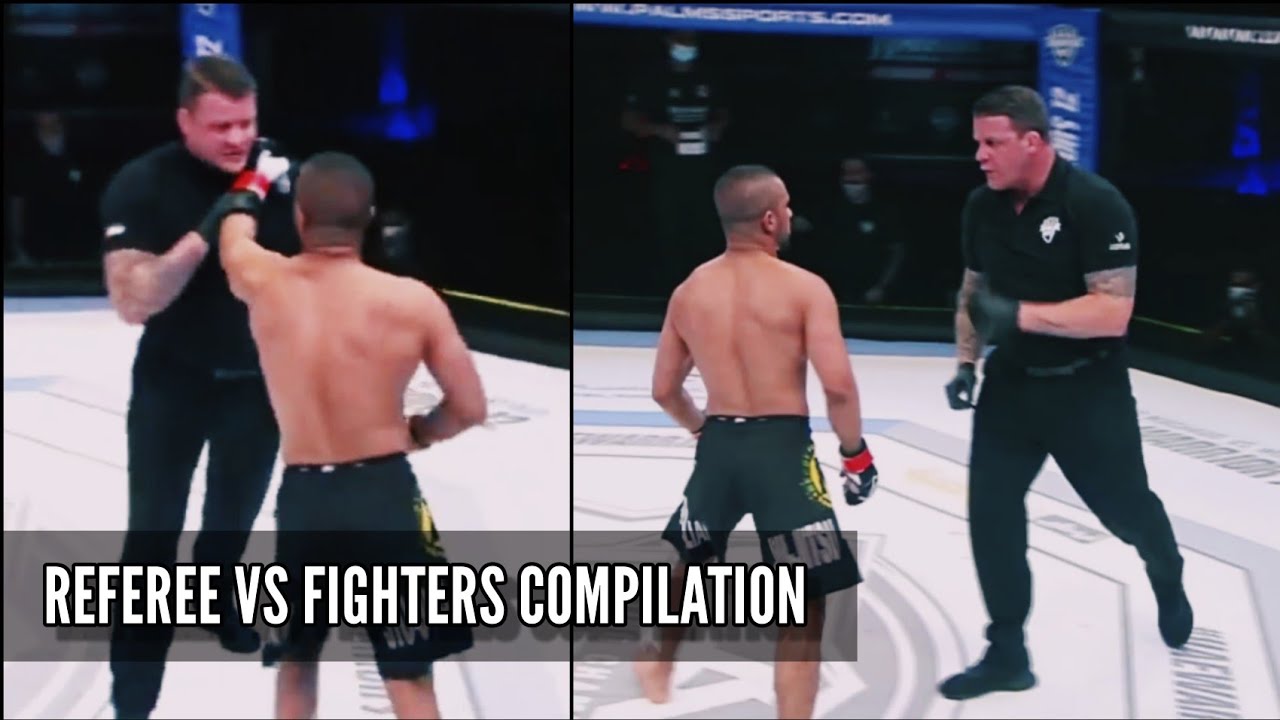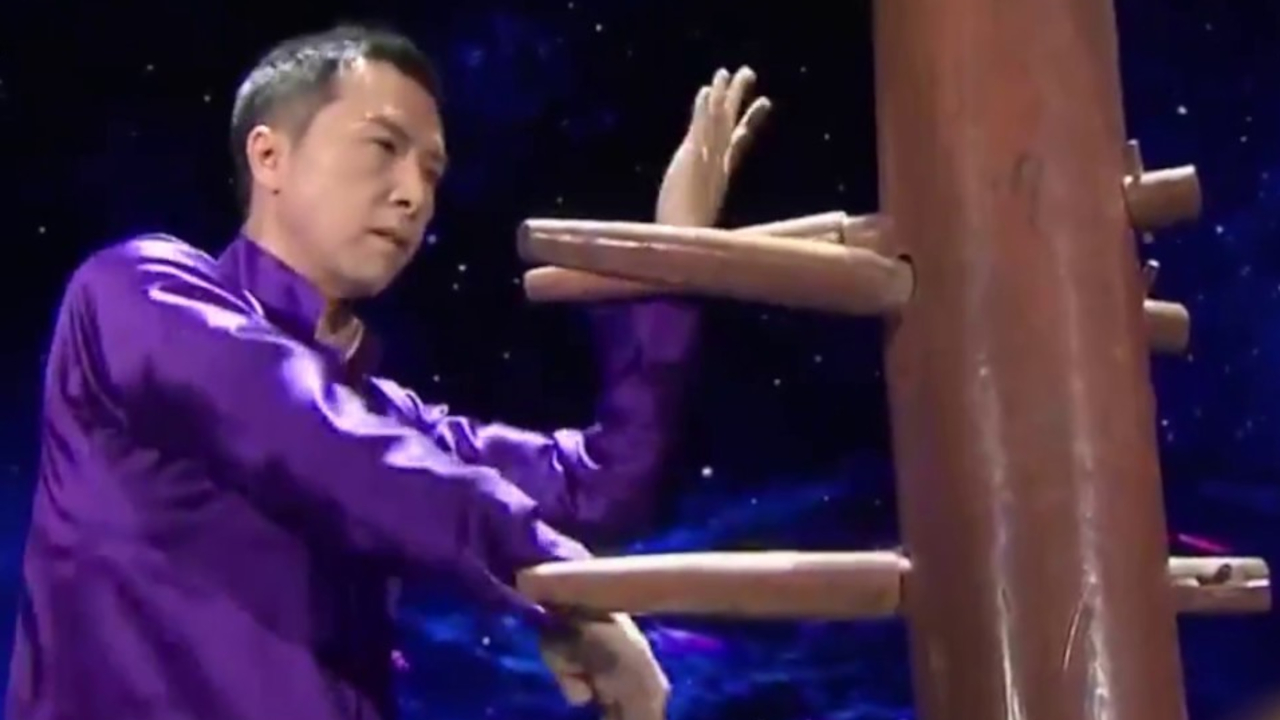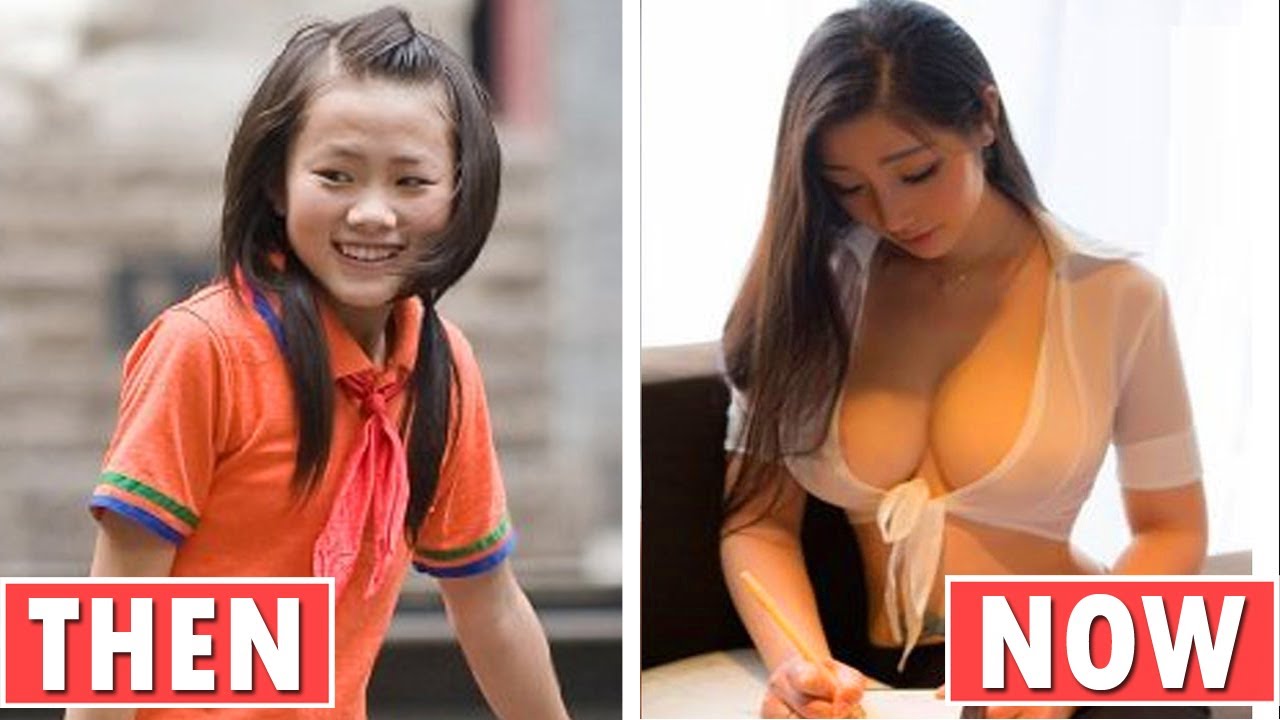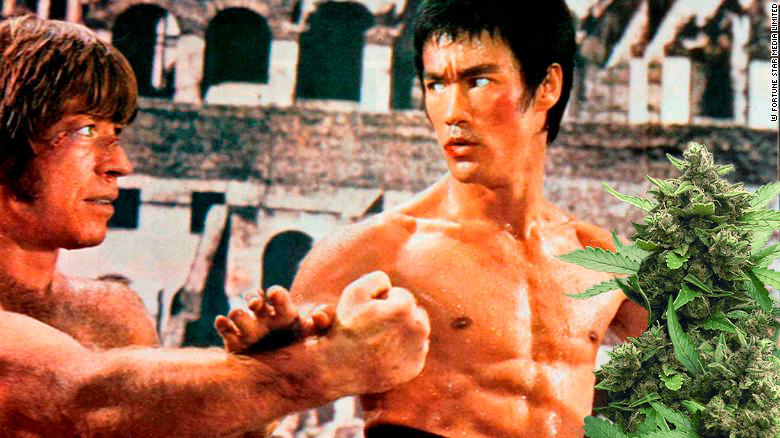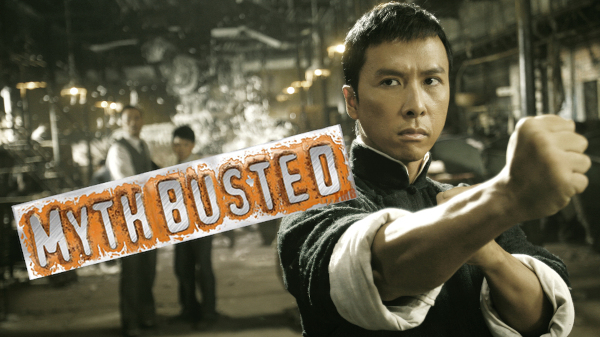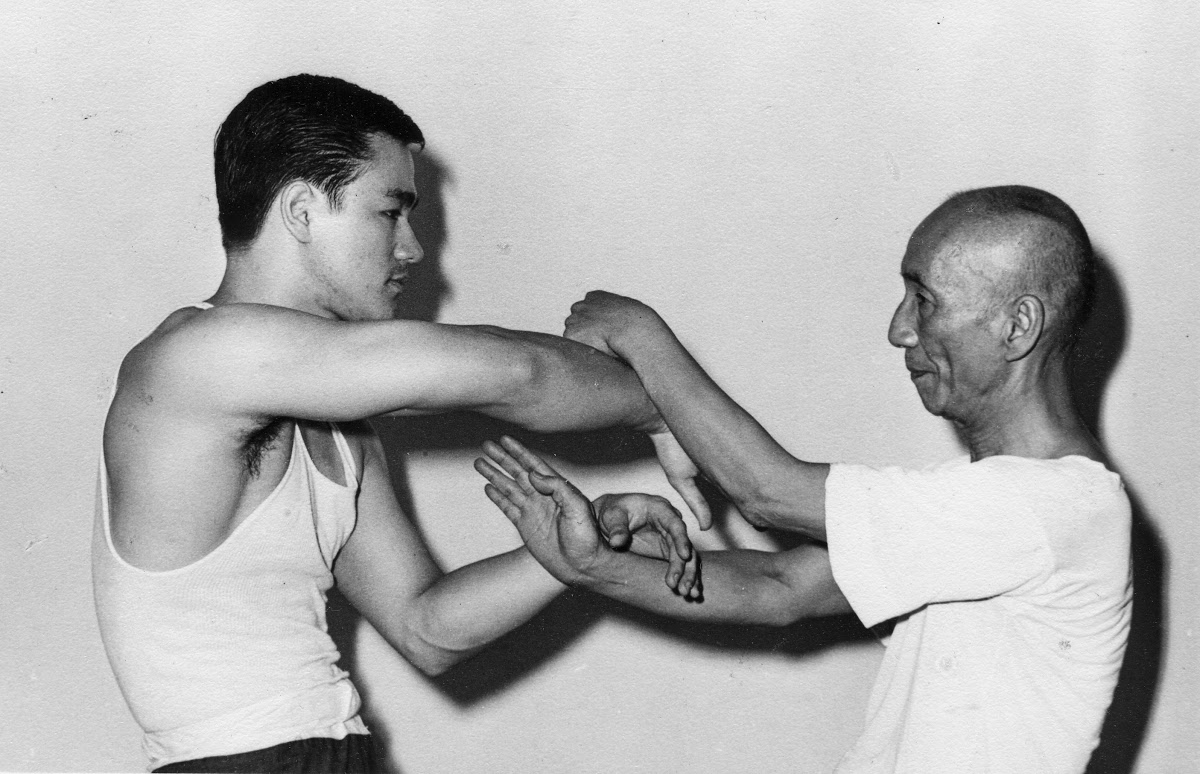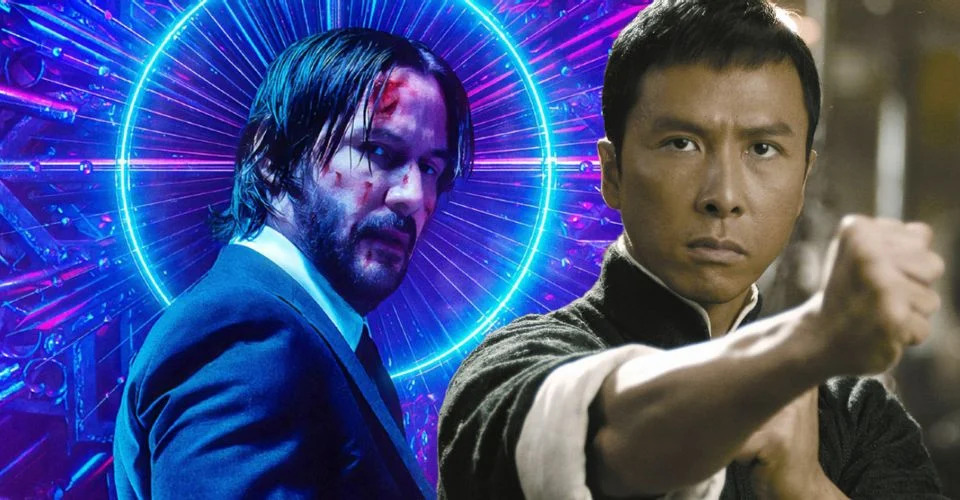The Hidden Meanings Behind Wing Chun Forms and Their Applications
Reading time: 3 minutes
Wing Chun is a captivating martial art that combines tradition, philosophy, and powerful techniques to create a dynamic and effective self-defense system. At its core lies a series of forms, each providing valuable insight into the principles and teachings that make this martial art unique. In this article, we will uncover the hidden meanings embedded in Wing Chun forms, revealing the symbolism and profound wisdom that has been passed down through generations of practitioners.
Siu Lim Tao - The Little Idea:
The foundation of Wing Chun, Siu Lim Tao, focuses on establishing a strong base, developing proper structure, and refining basic techniques. The form is rich in symbolism, with its name translating to "The Little Idea." Siu Lim Tao teaches practitioners the importance of mindfulness, relaxation, and internal focus. It represents the beginning of a journey, as students learn the principles of centerline control, economy of motion, and simultaneous attack and defense.
Chum Kiu - Bridging the Gap:
As the second form in Wing Chun, Chum Kiu builds upon the foundations laid by Siu Lim Tao. Its name, which means "Bridging the Gap," emphasizes the importance of closing the distance between oneself and an opponent. Chum Kiu introduces footwork, body rotation, and coordination, allowing practitioners to generate power and maintain balance while in motion. The form also symbolizes the need for adaptability and versatility, as one must adjust their techniques to suit different situations and opponents.
Biu Jee - Thrusting Fingers:
Biu Jee, the third form, is considered the most advanced in Wing Chun. It focuses on emergency techniques and incorporates powerful, long-range attacks. The form's name, "Thrusting Fingers," hints at the precision and accuracy required to execute these techniques effectively. Biu Jee also emphasizes the importance of flexibility and recovery, as its movements allow practitioners to regain control and re-establish their position when faced with adversity.
Mook Yan Jong - The Wooden Dummy:
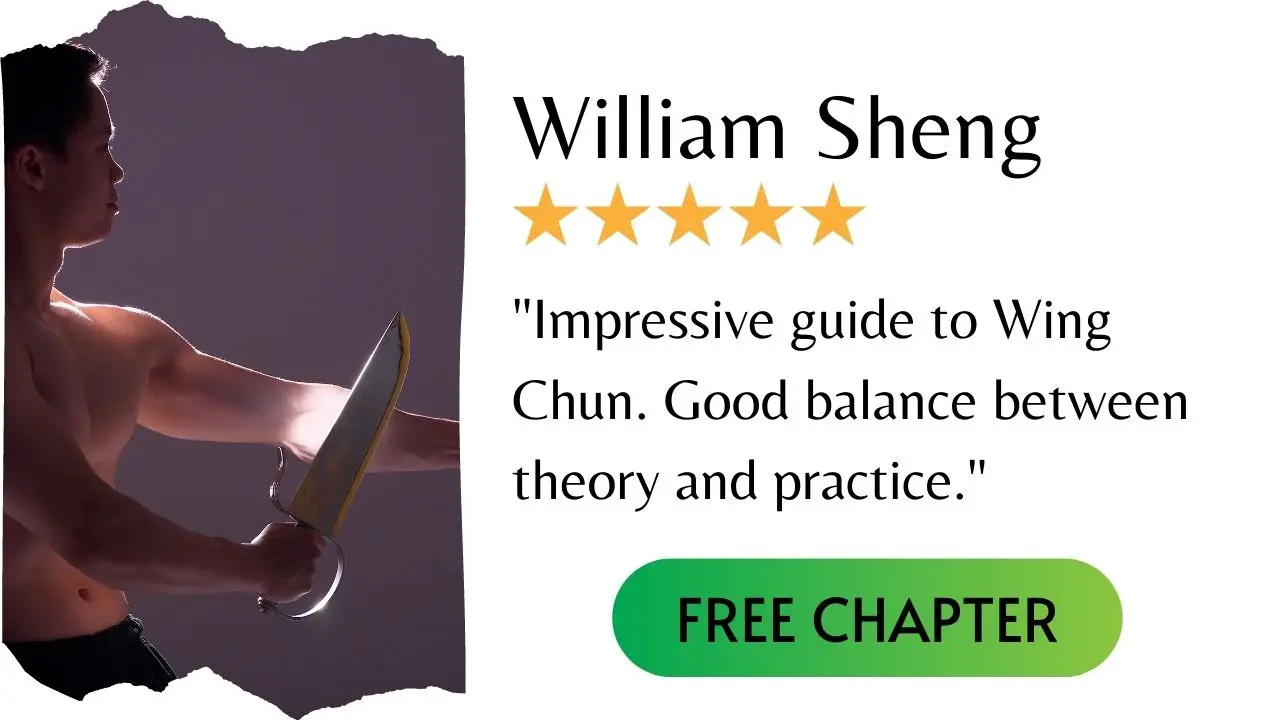
Mook Yan Jong, or the Wooden Dummy form, is the culmination of a Wing Chun practitioner's training. It provides the opportunity to apply the principles and techniques learned in the previous forms in a more realistic, combat-like setting. The Wooden Dummy symbolizes an opponent and teaches the practitioner to seamlessly blend offense and defense, improve timing and accuracy, and develop fluidity in their movements.
Conclusion:
The hidden meanings within Wing Chun forms offer a glimpse into the rich history and philosophy of this ancient martial art. By understanding the symbolism and wisdom contained in Siu Lim Tao, Chum Kiu, Biu Jee, and Mook Yan Jong, practitioners can deepen their connection to the art and enhance their skills. As they uncover the layers of meaning and symbolism in these forms, they embark on a journey of personal growth and self-discovery, unlocking the full potential of Wing Chun's teachings.
Thank you. Your comment will be approved shortly.
Comments
Thank you. Your comment will be approved shortly.
Thank you. Your comment will be approved shortly.
Thank you. Your comment will be approved shortly.
Thank you. Your comment will be approved shortly.
Thank you. Your comment will be approved shortly.

